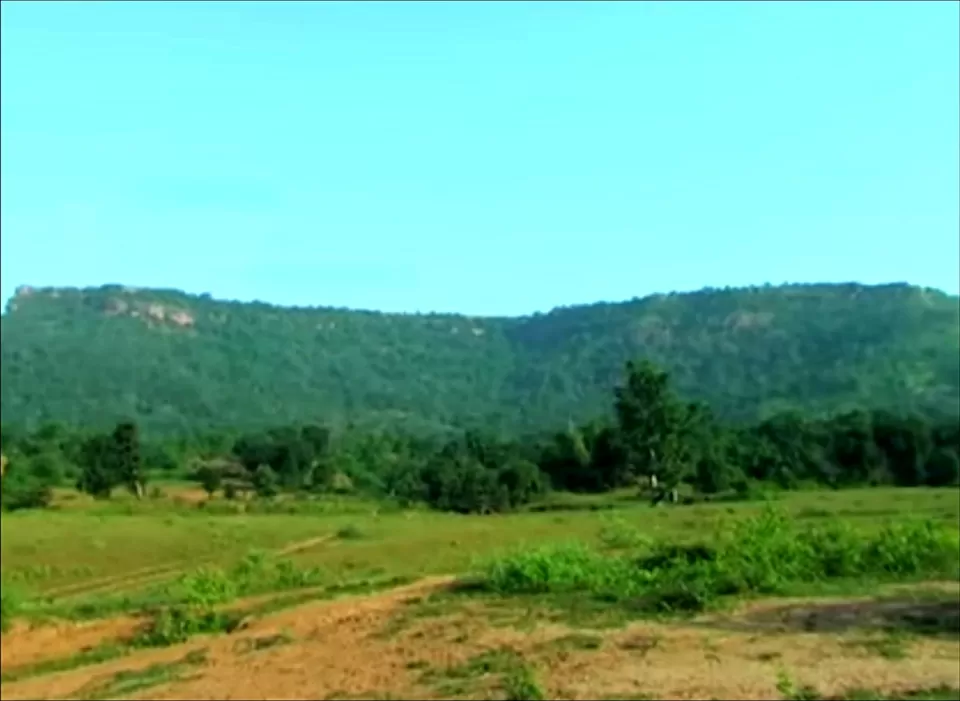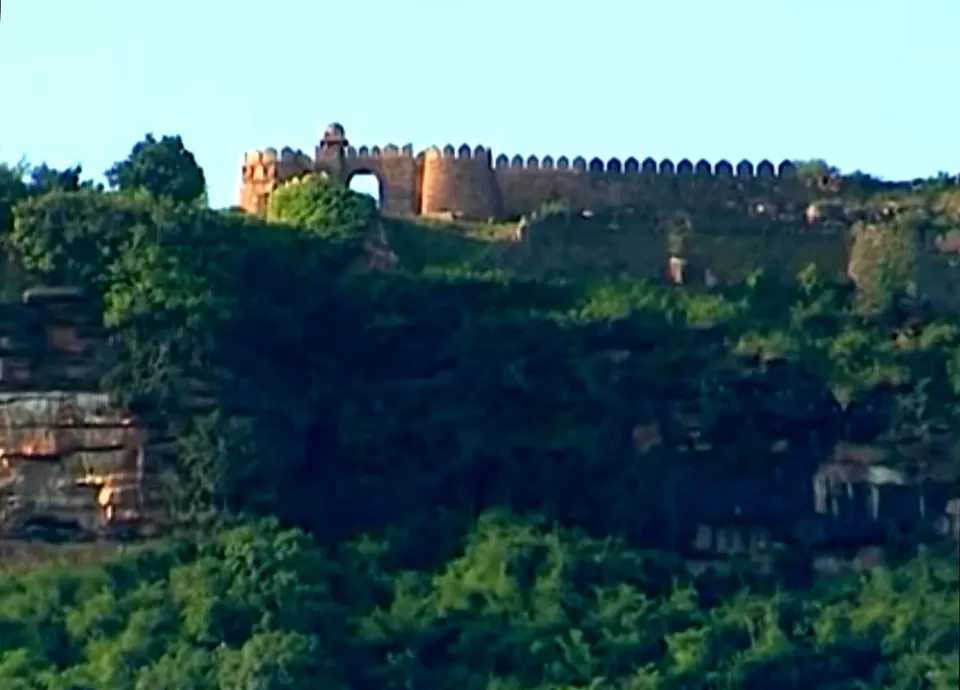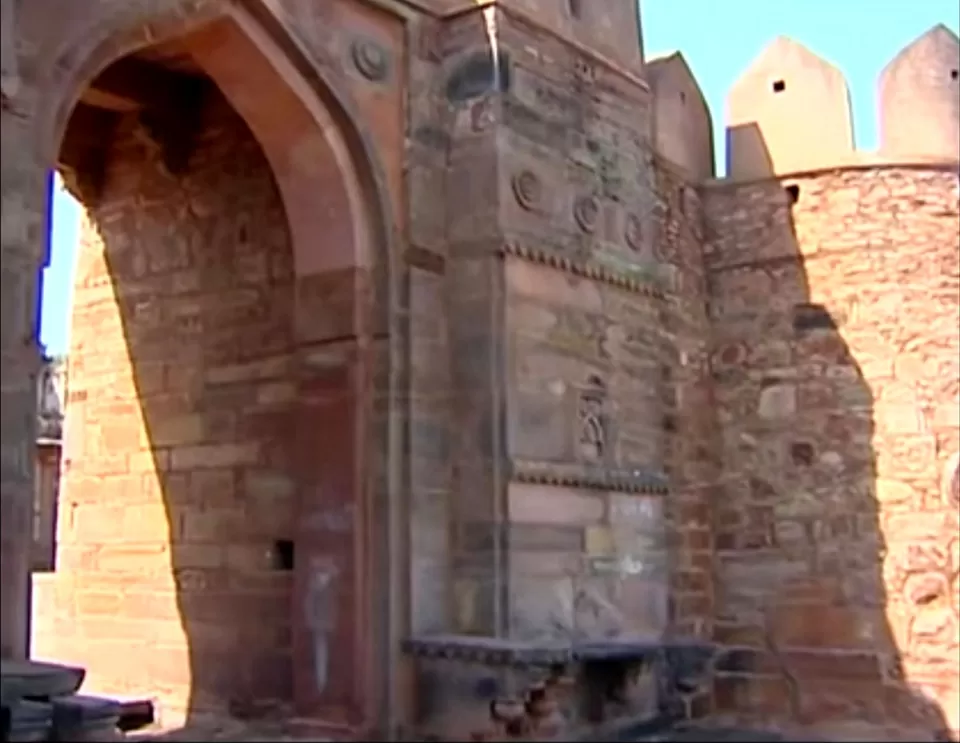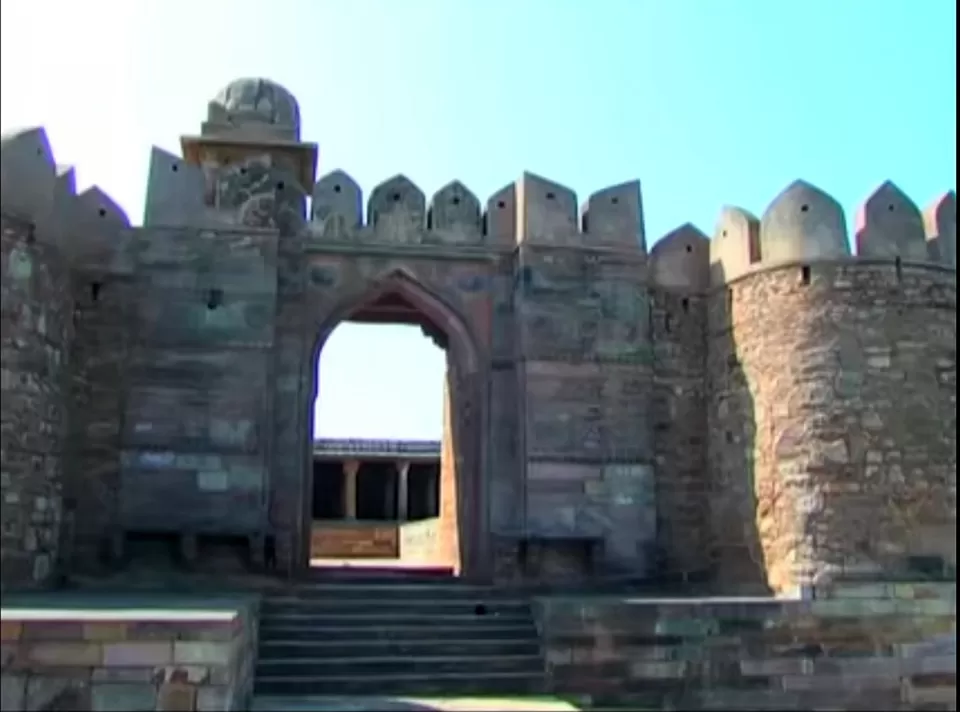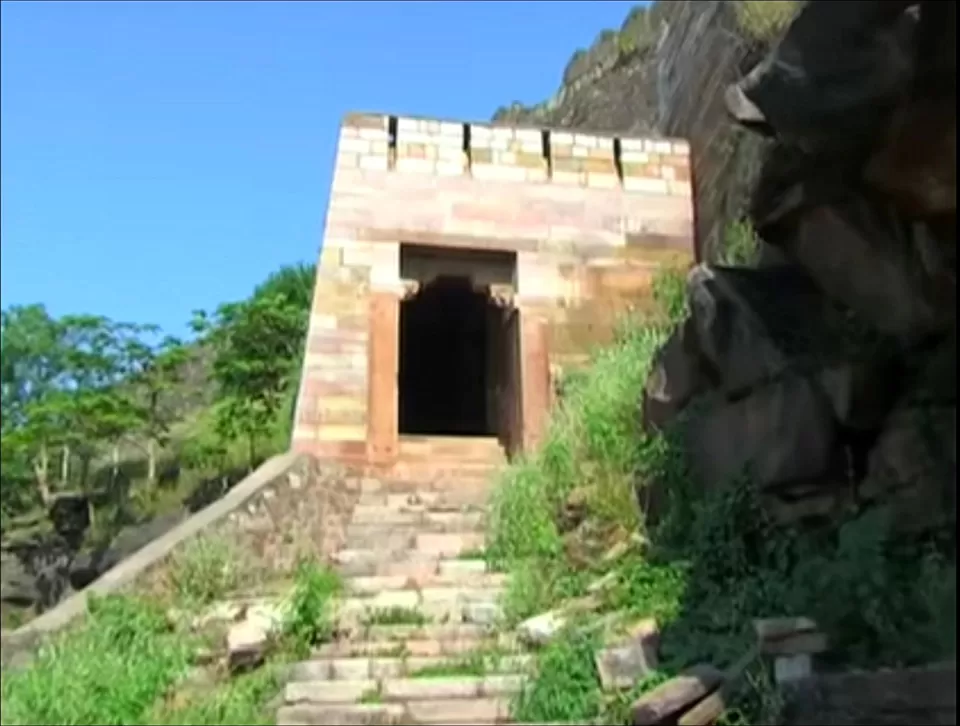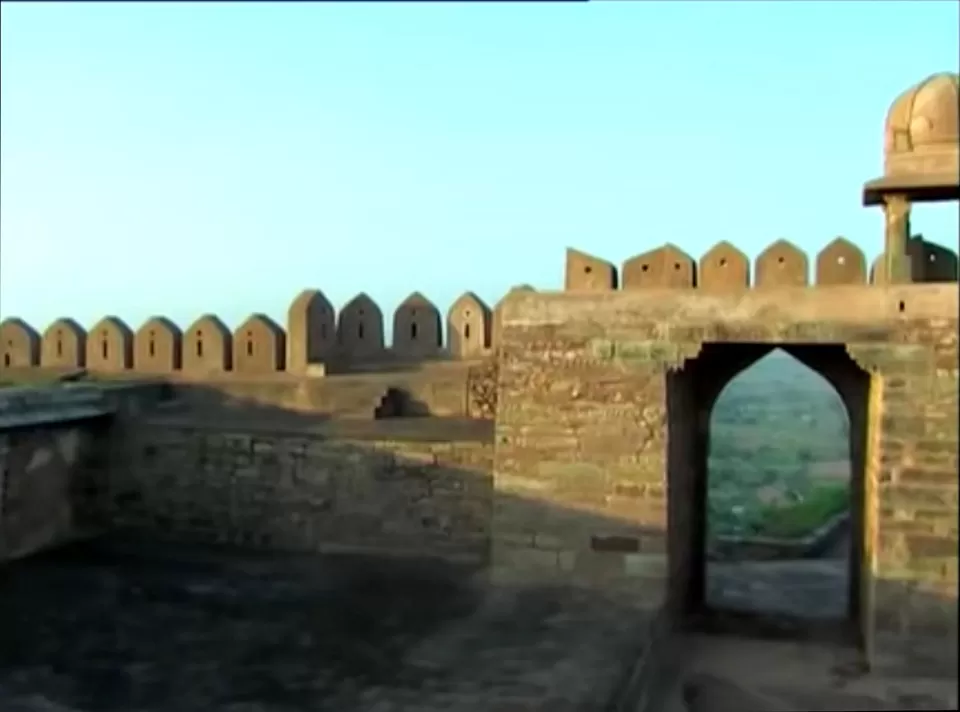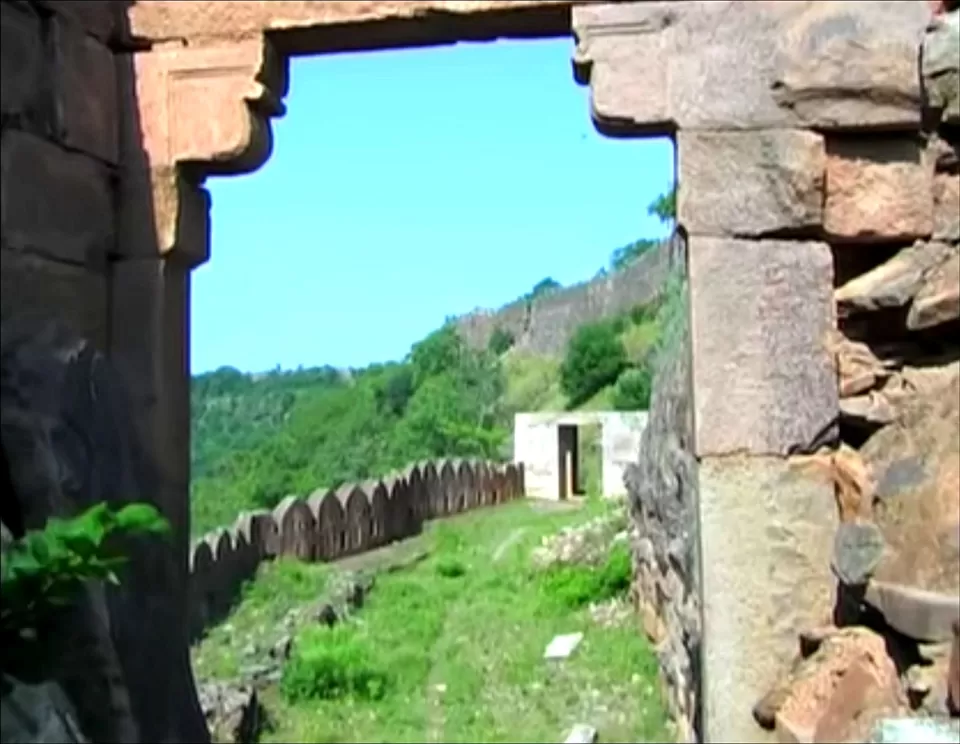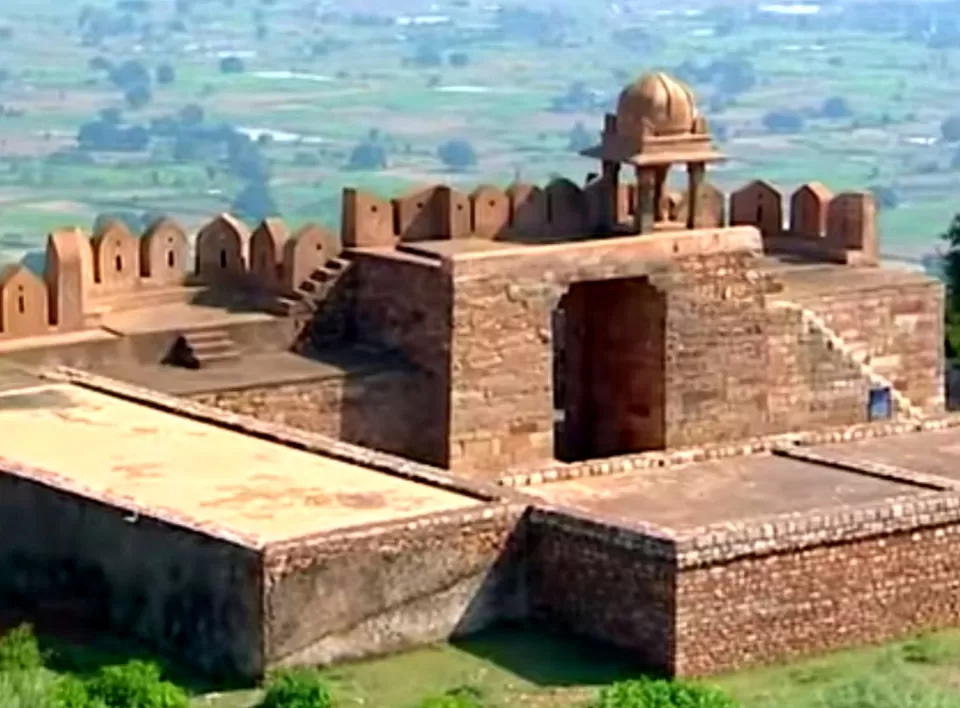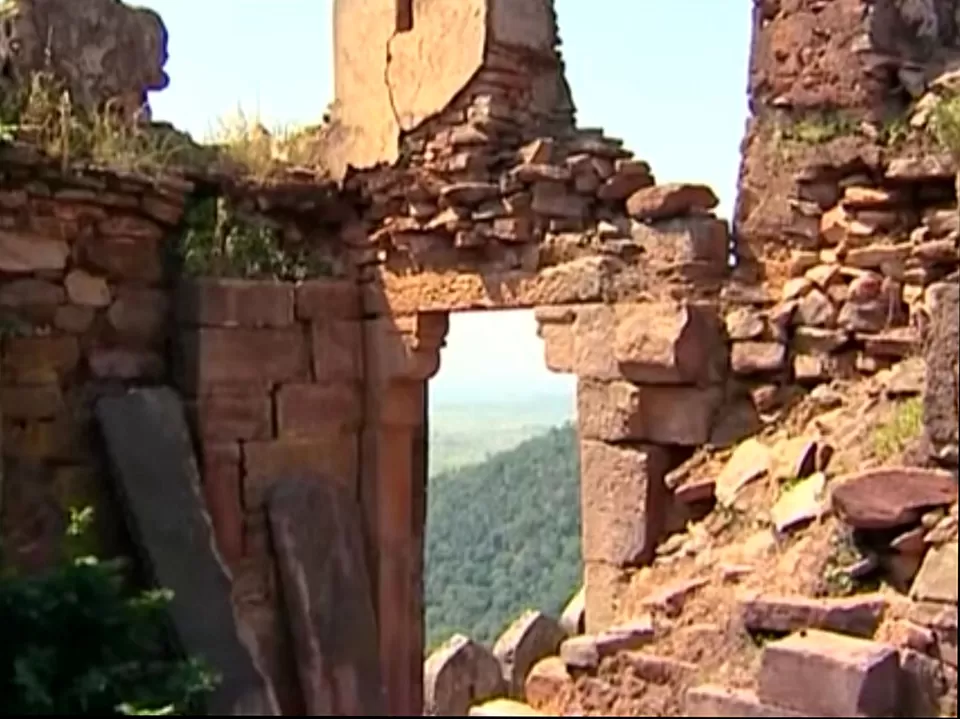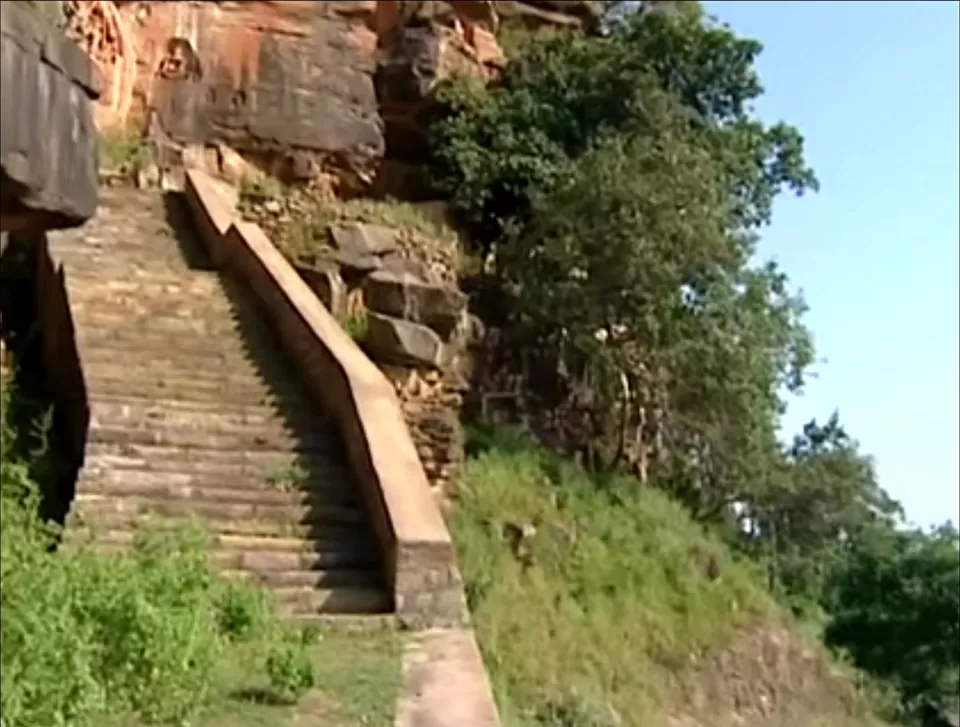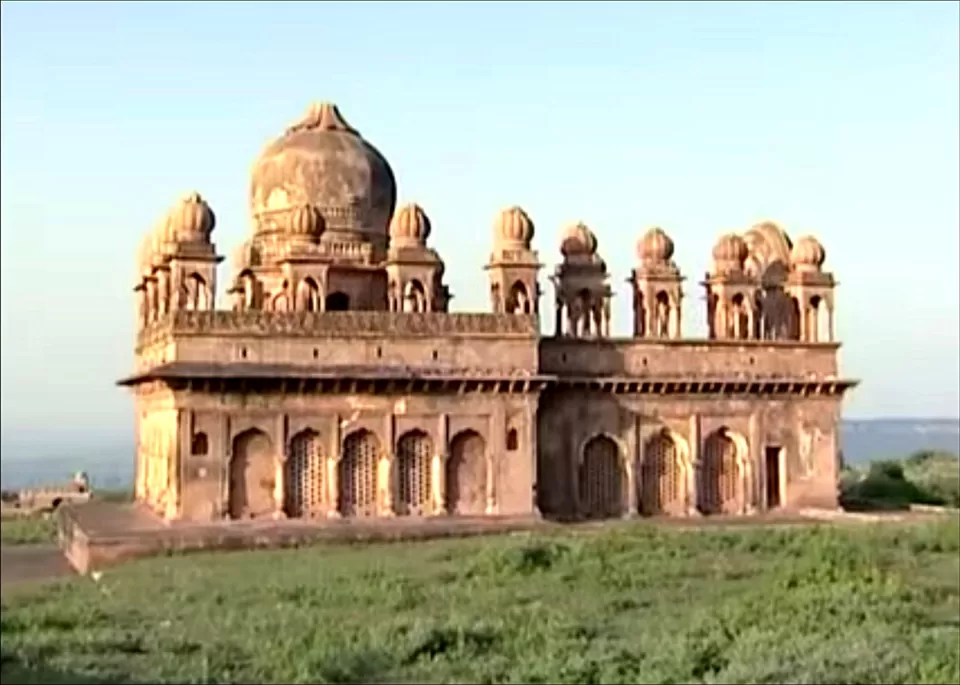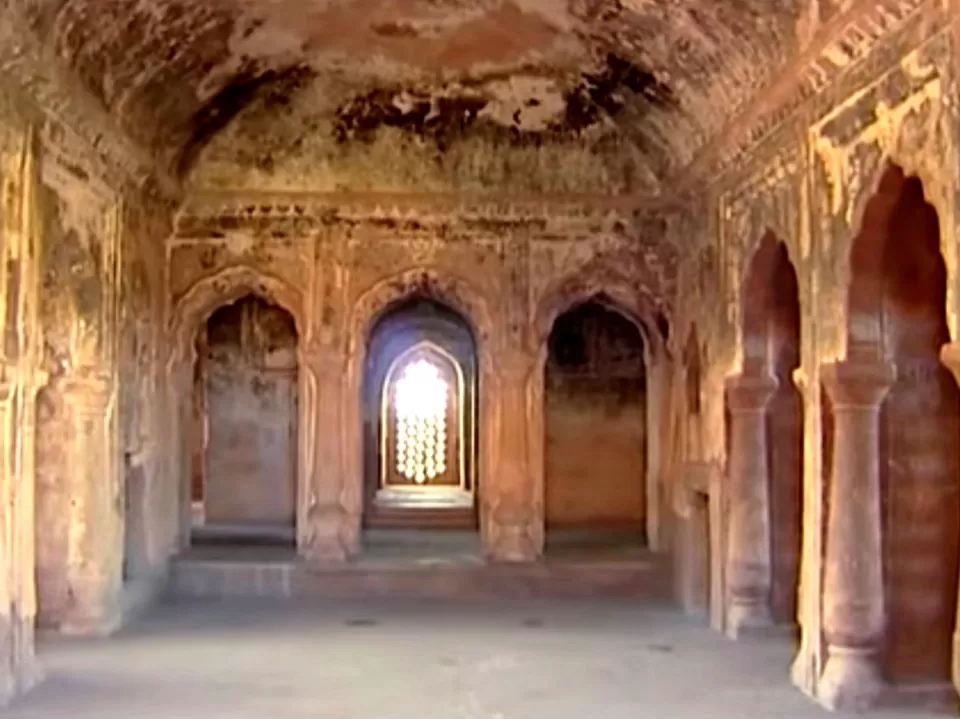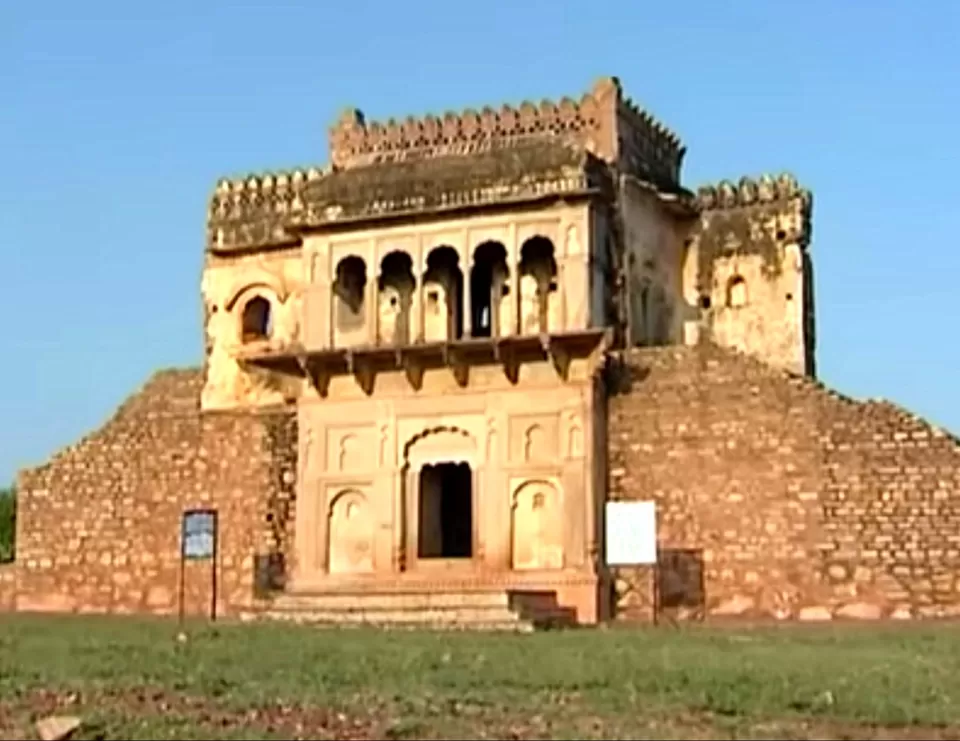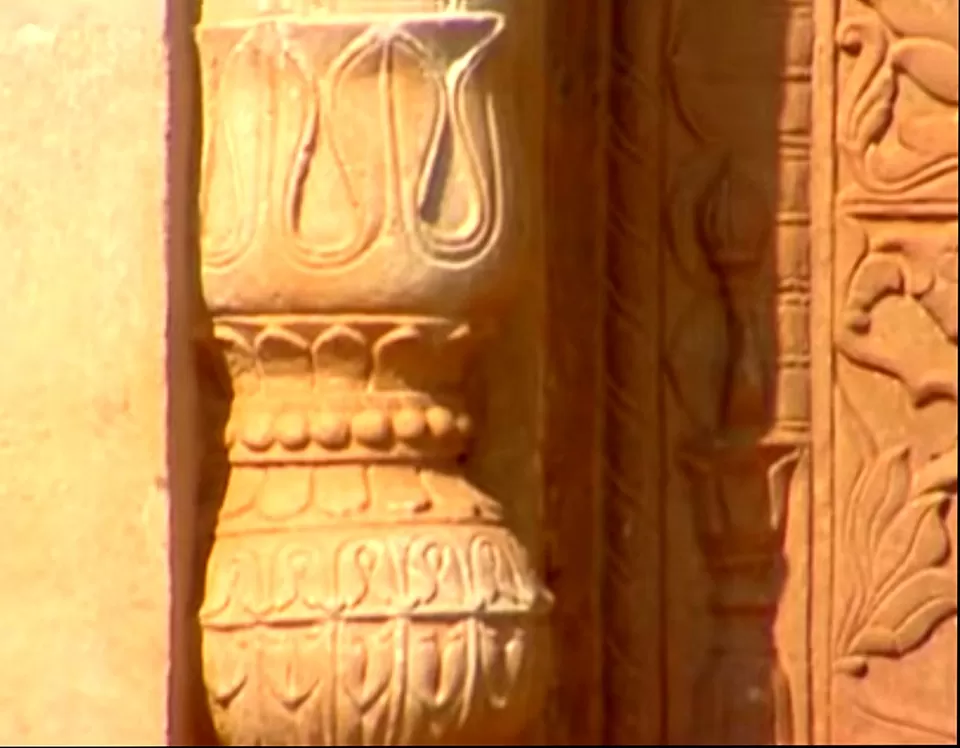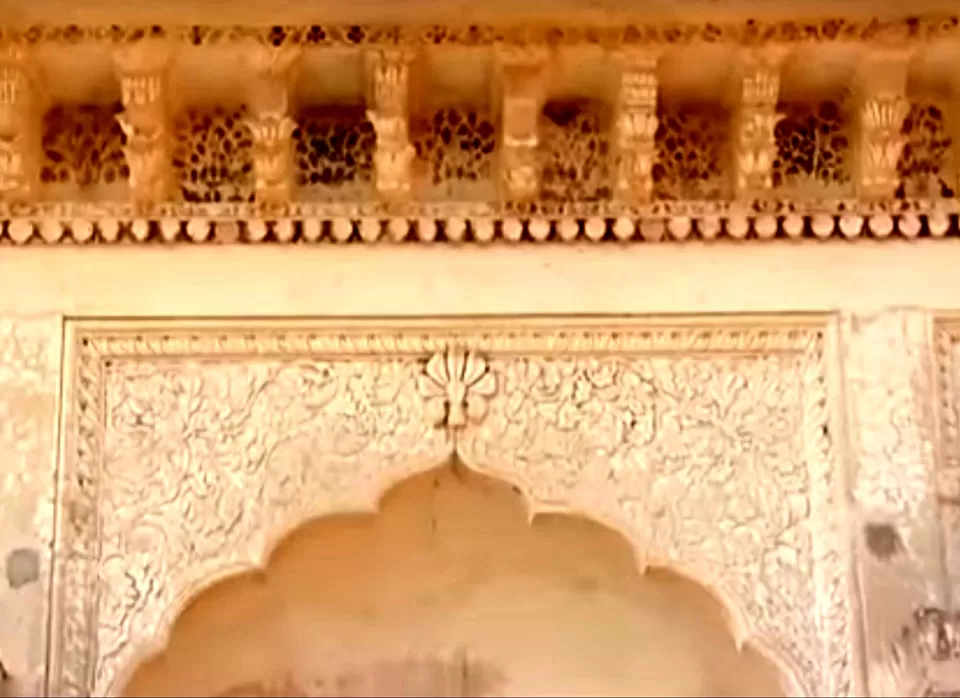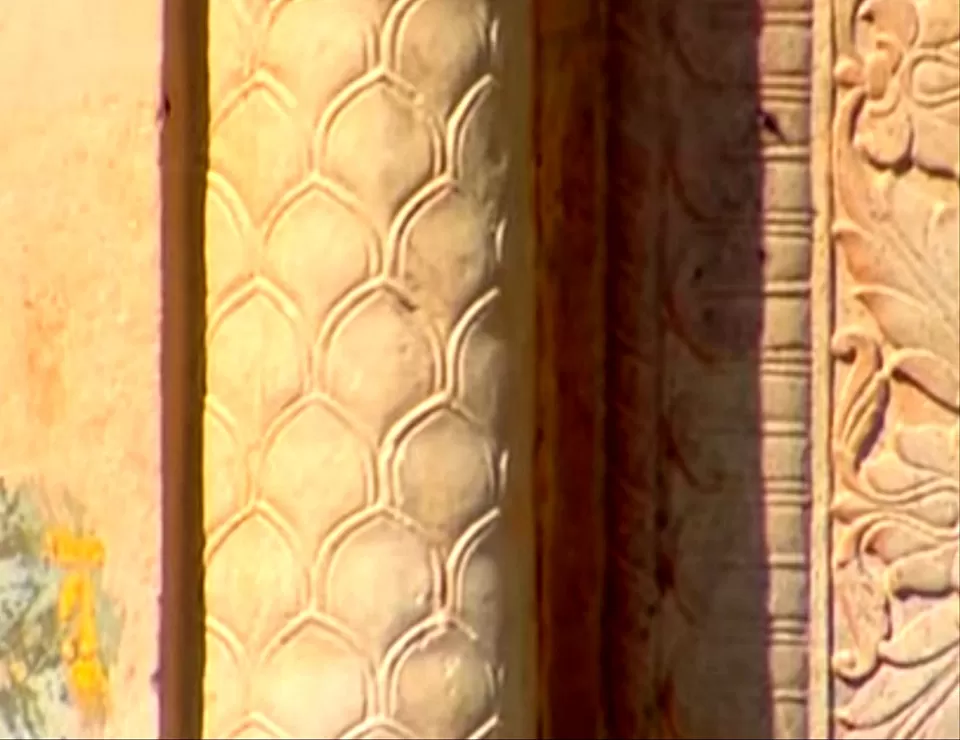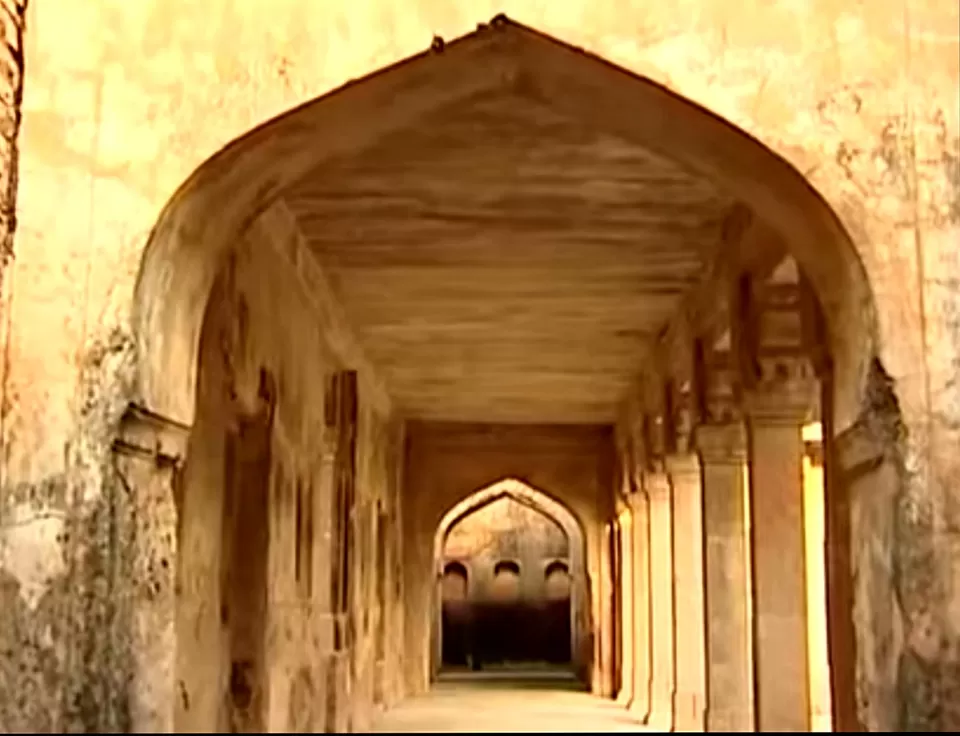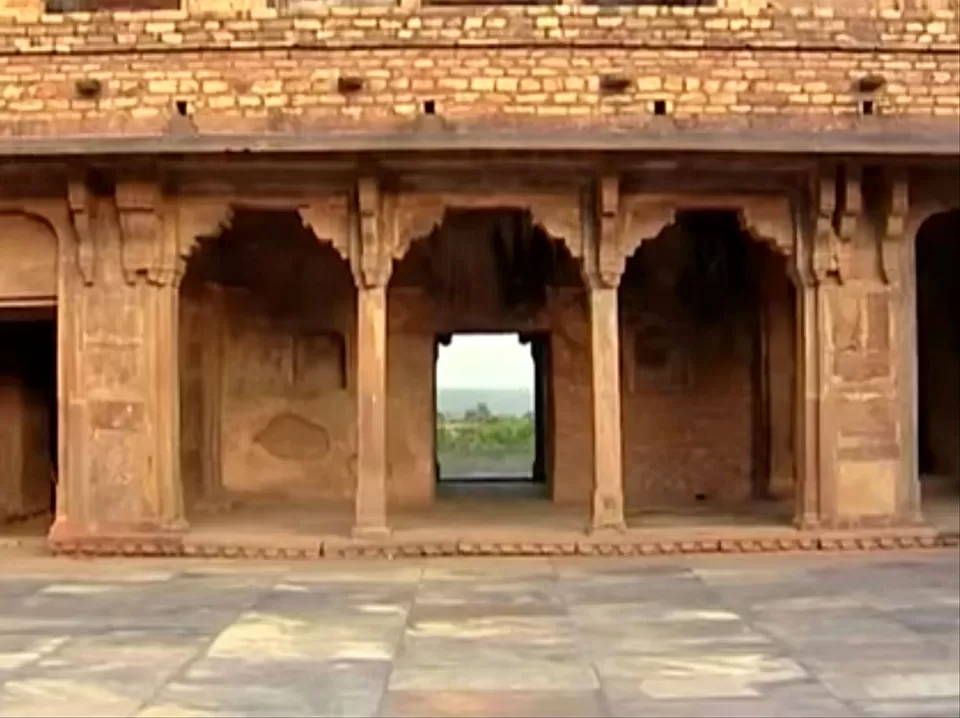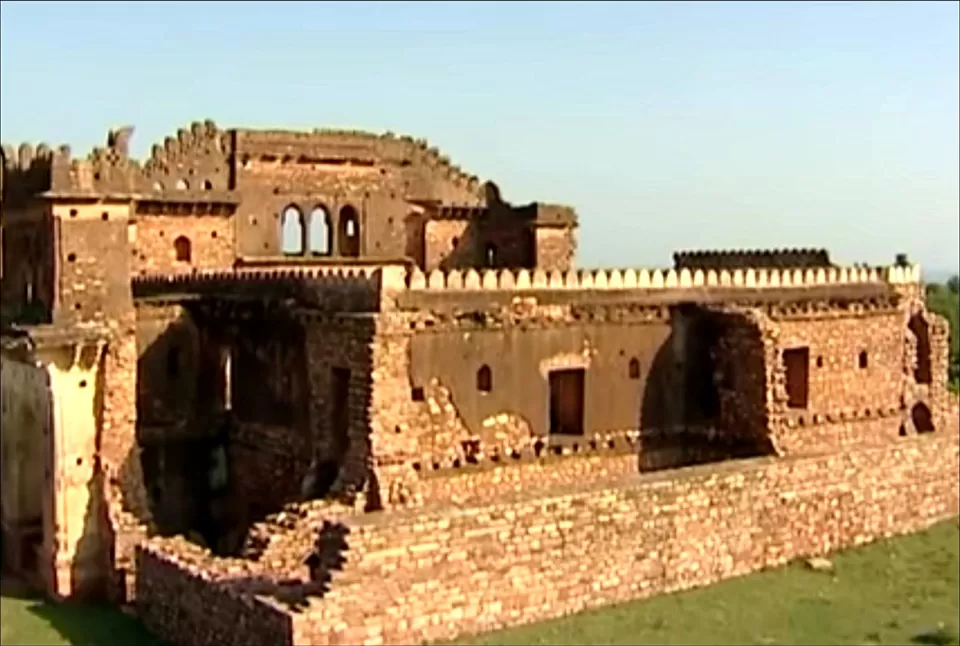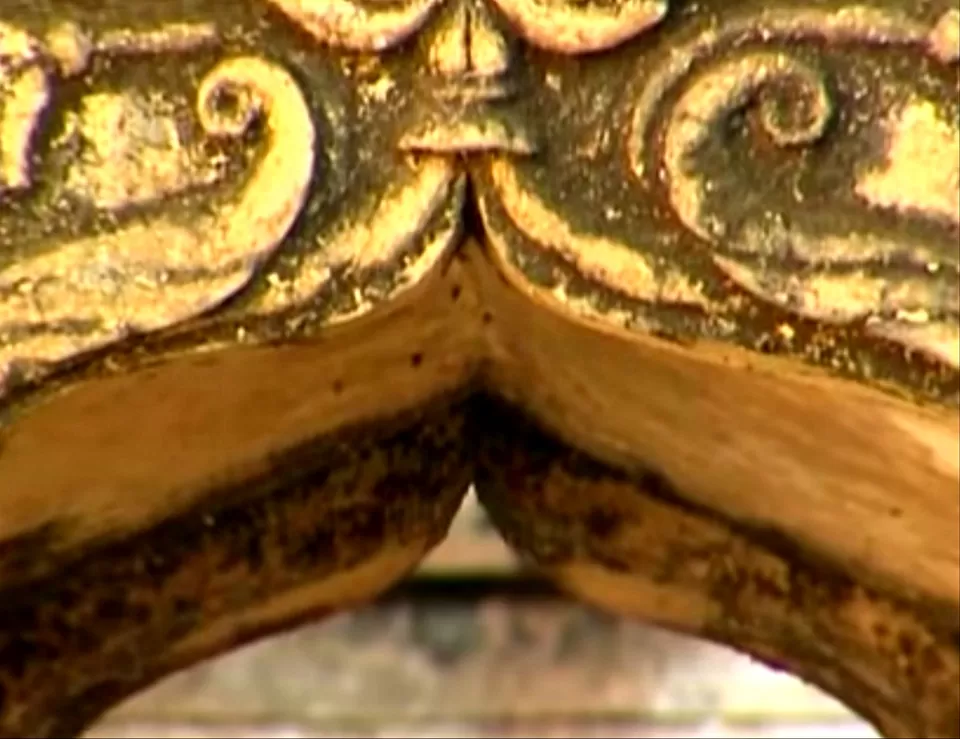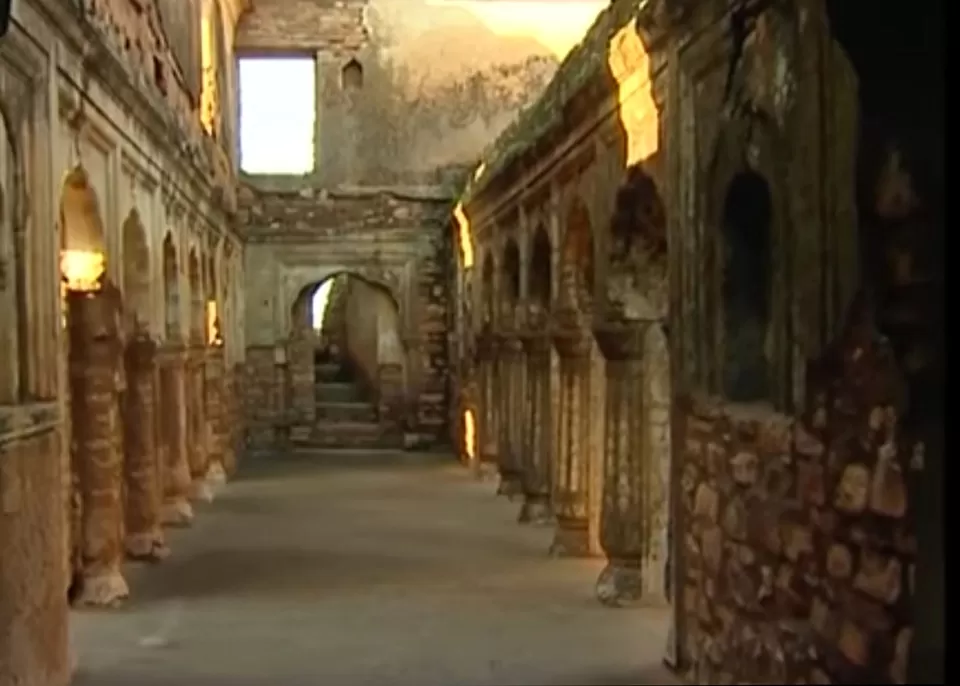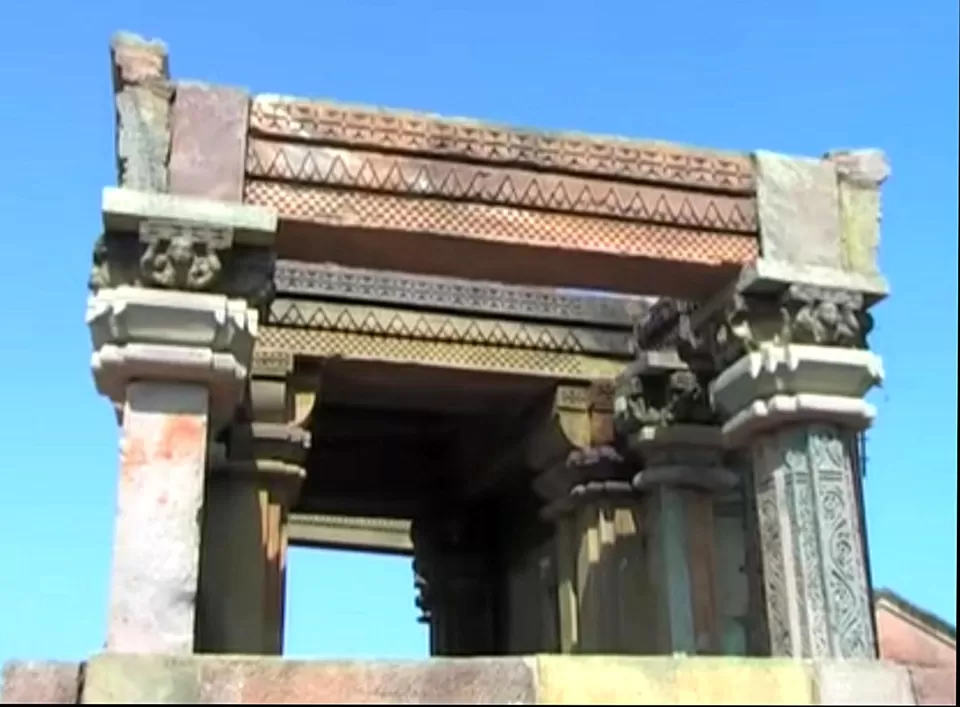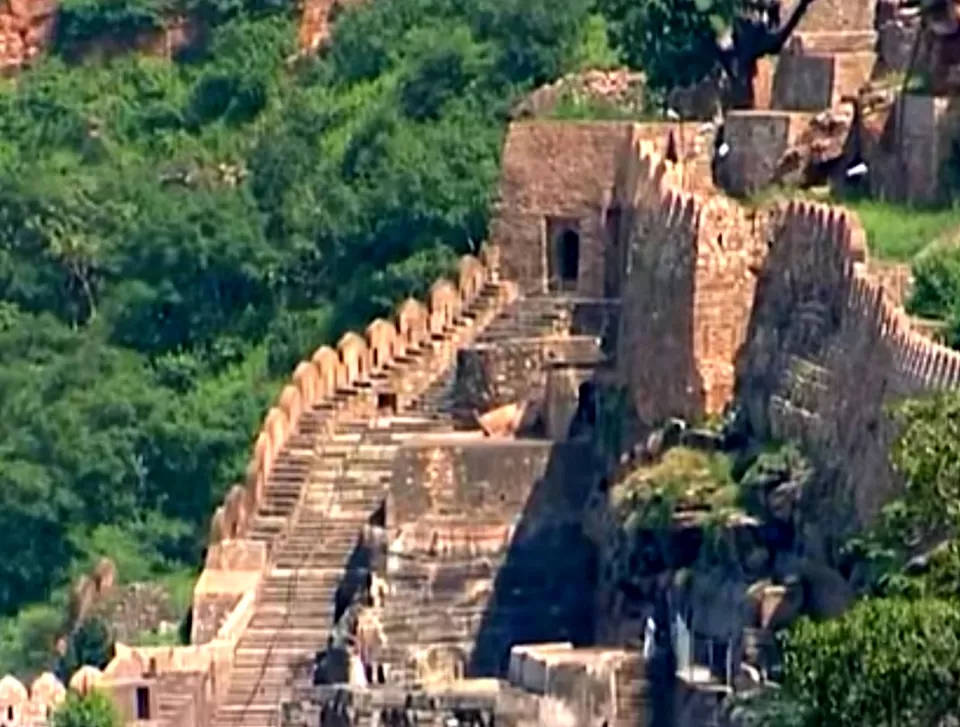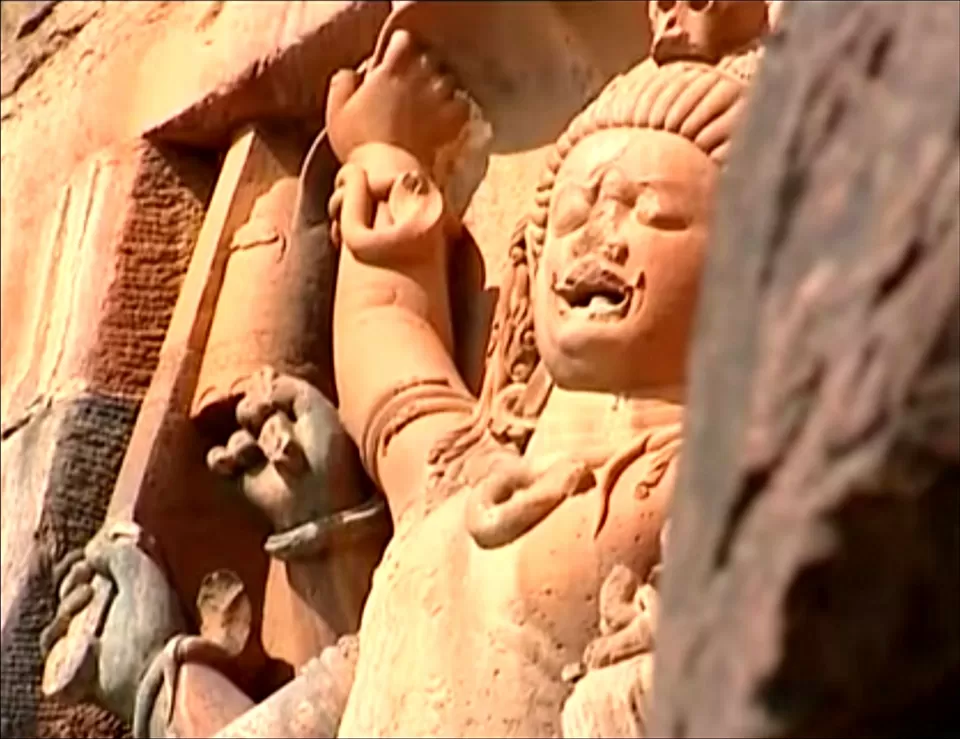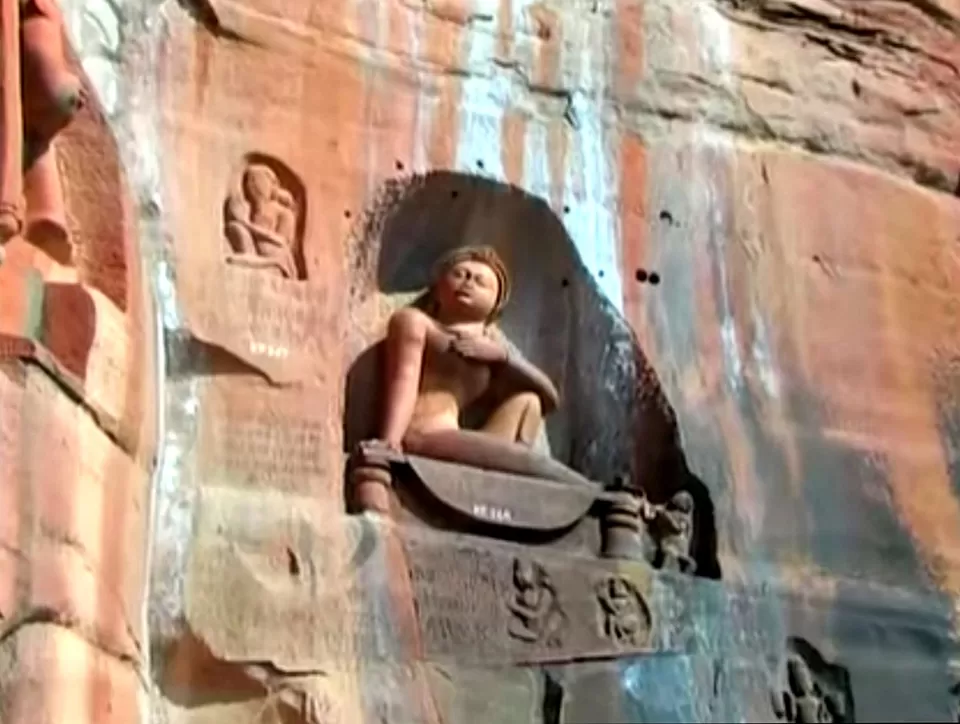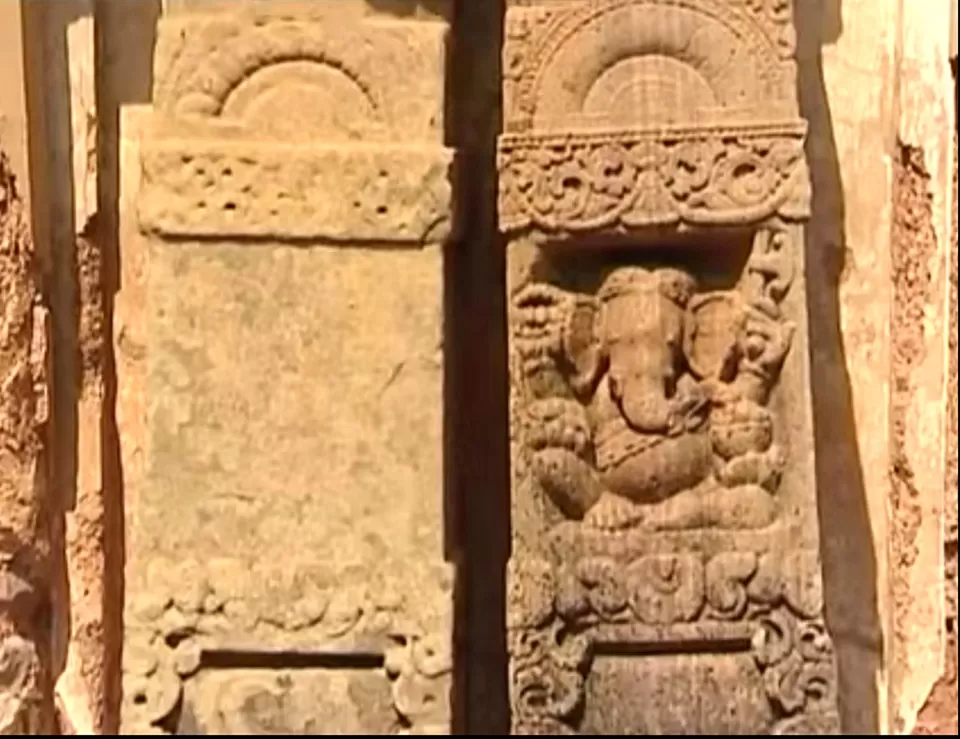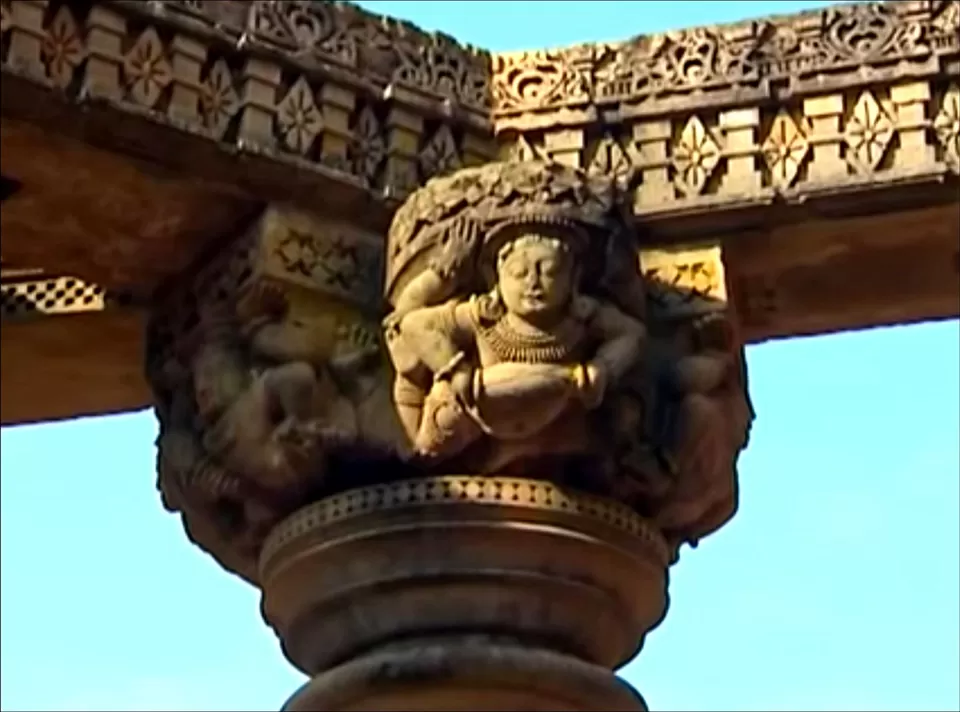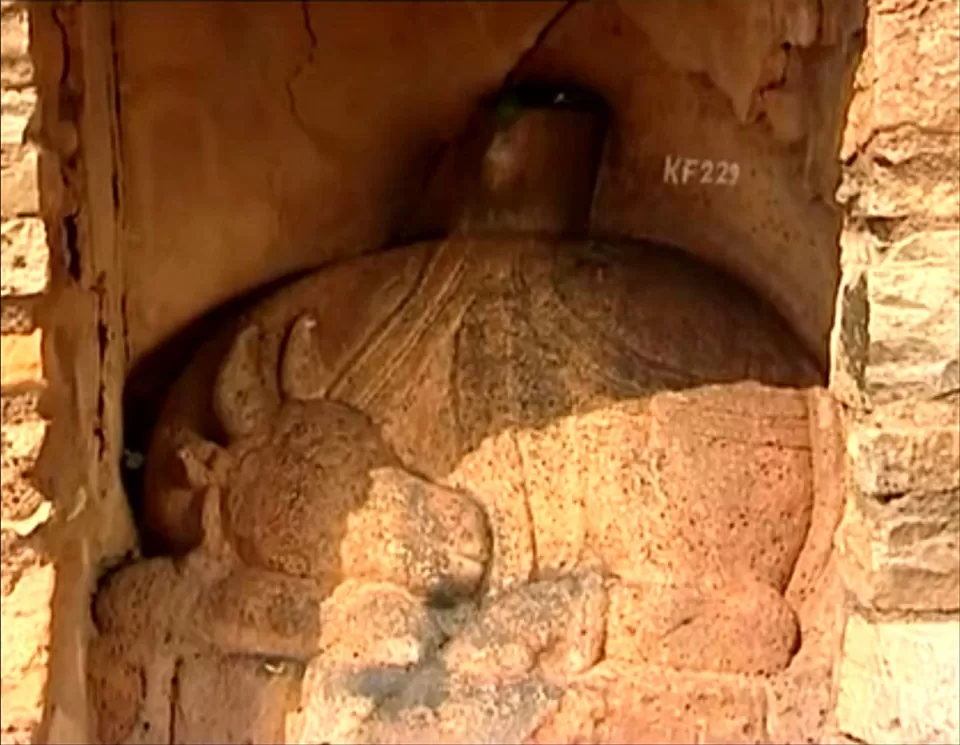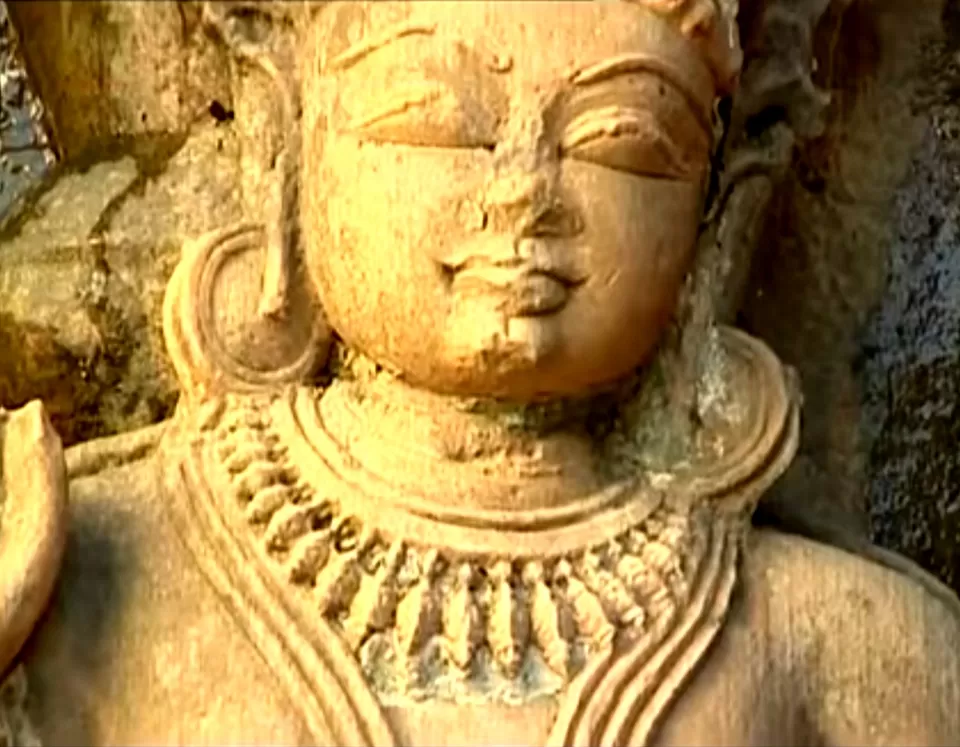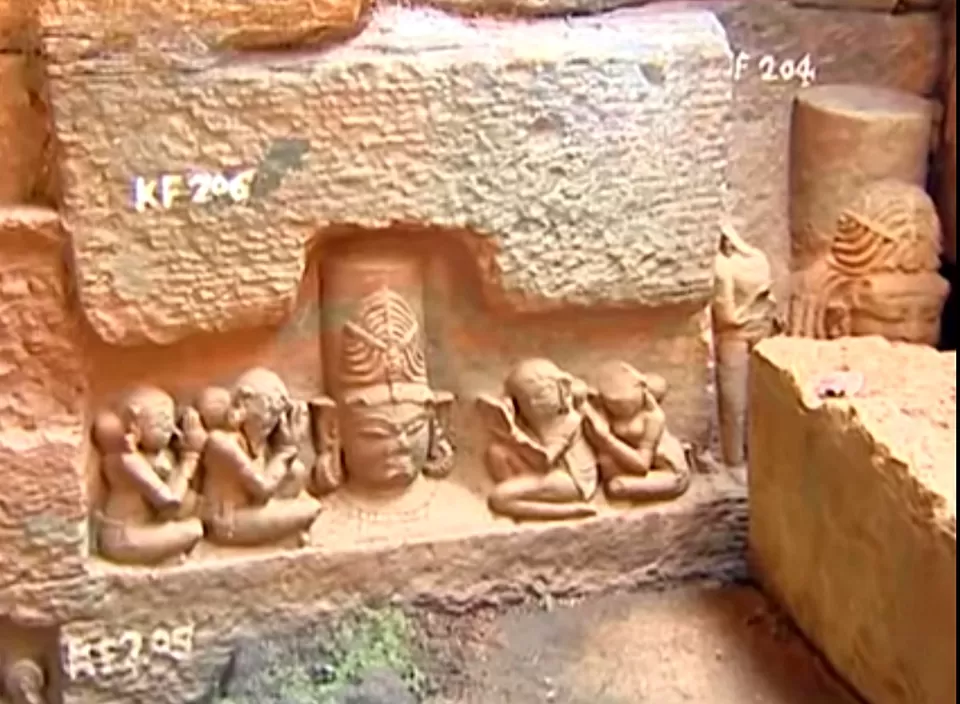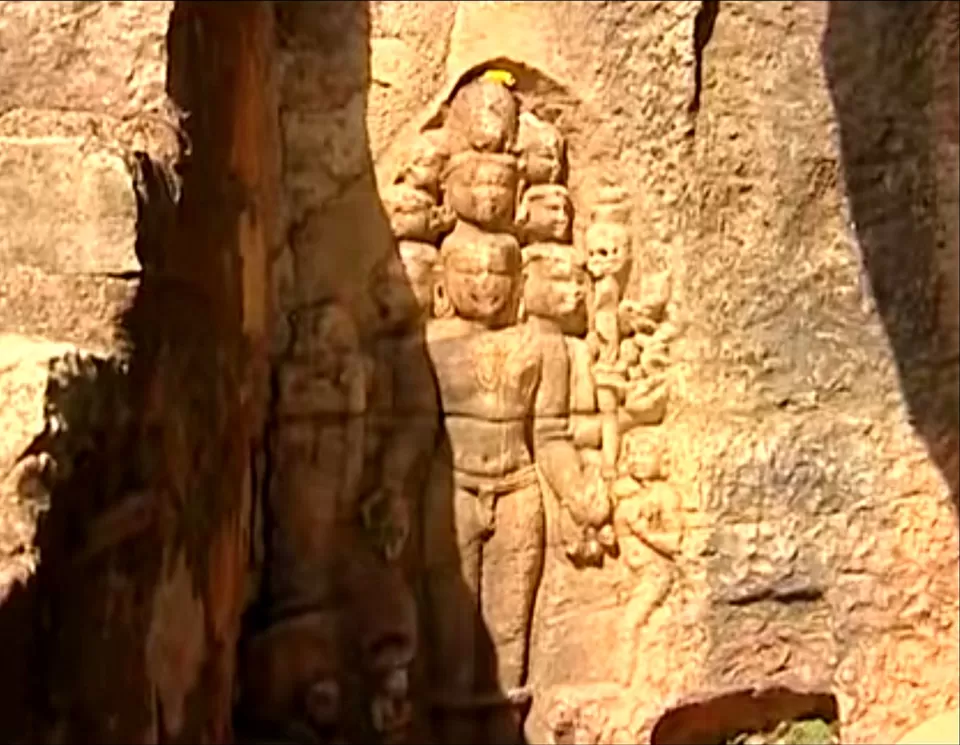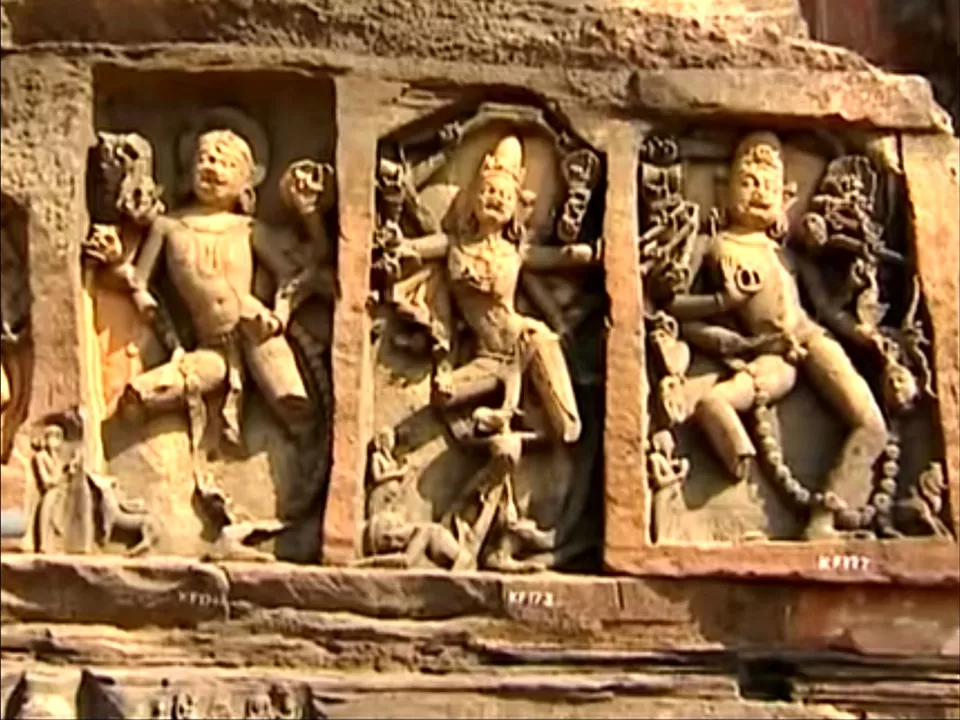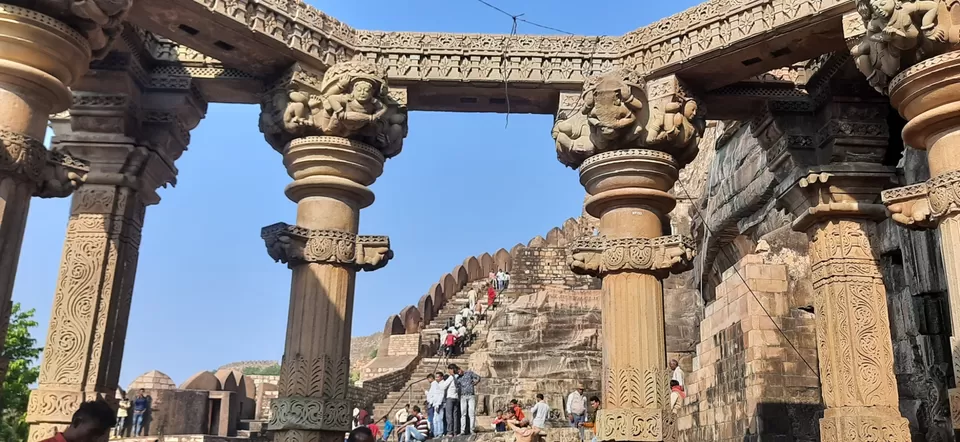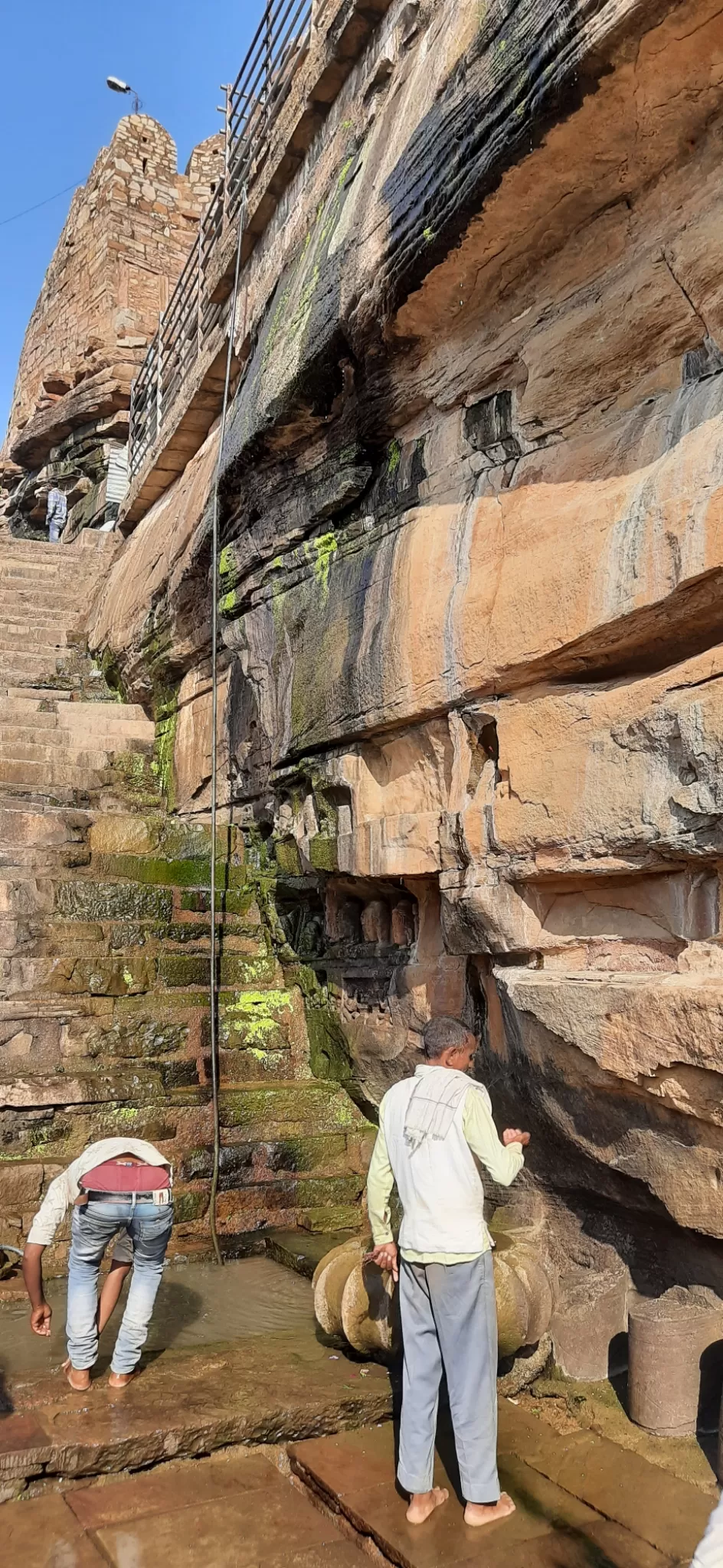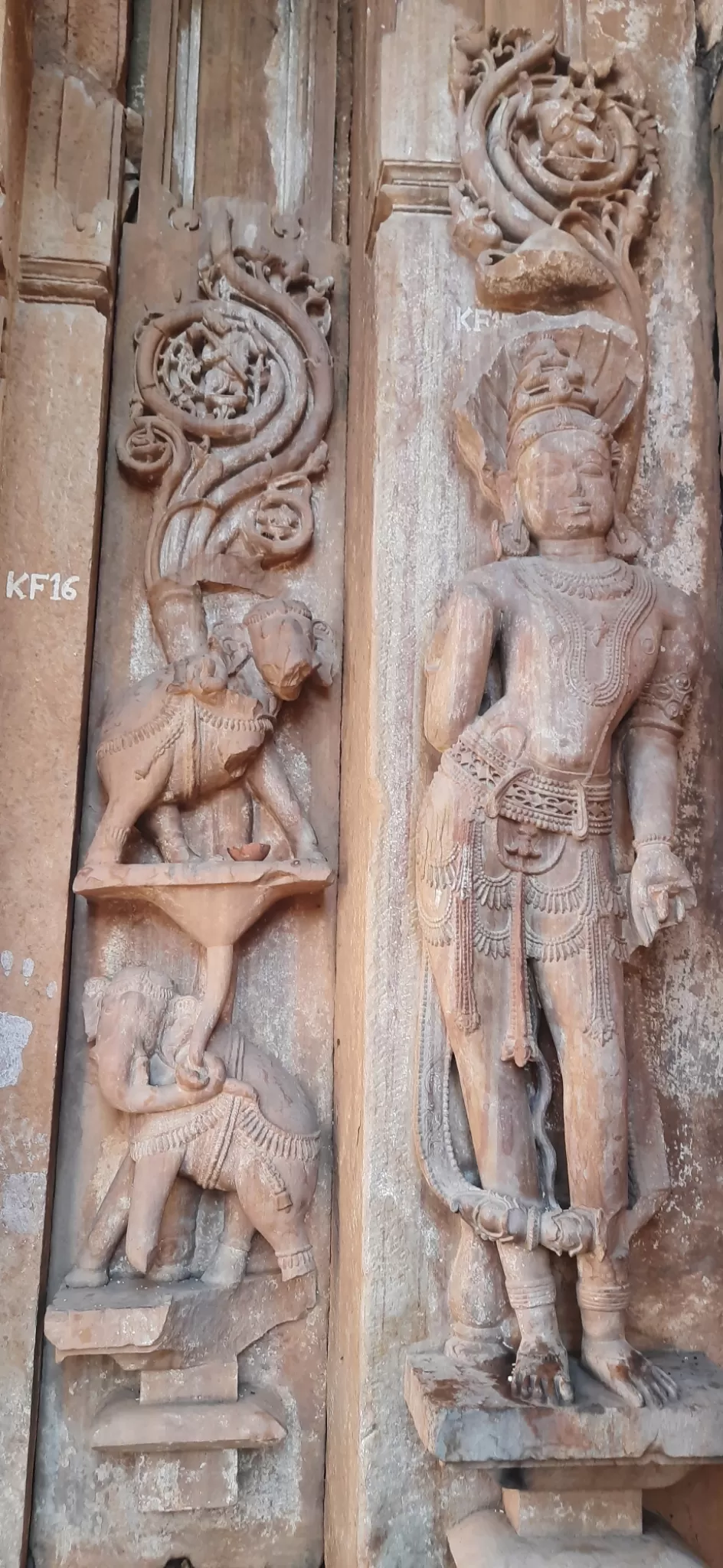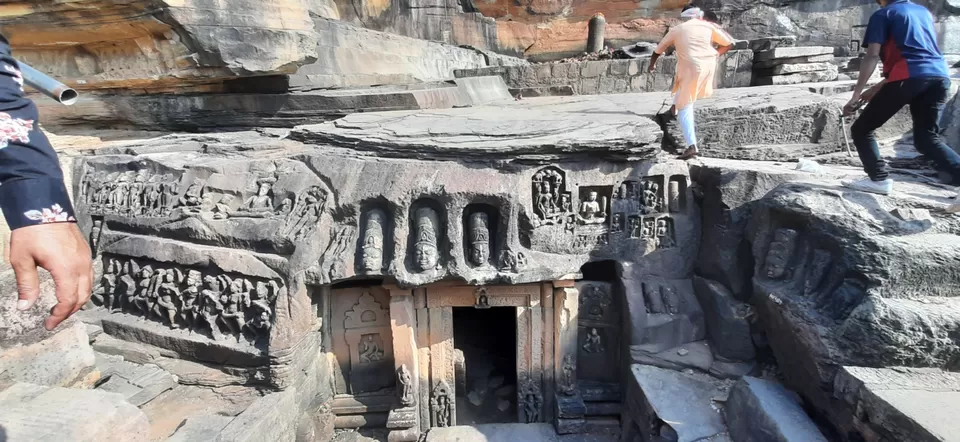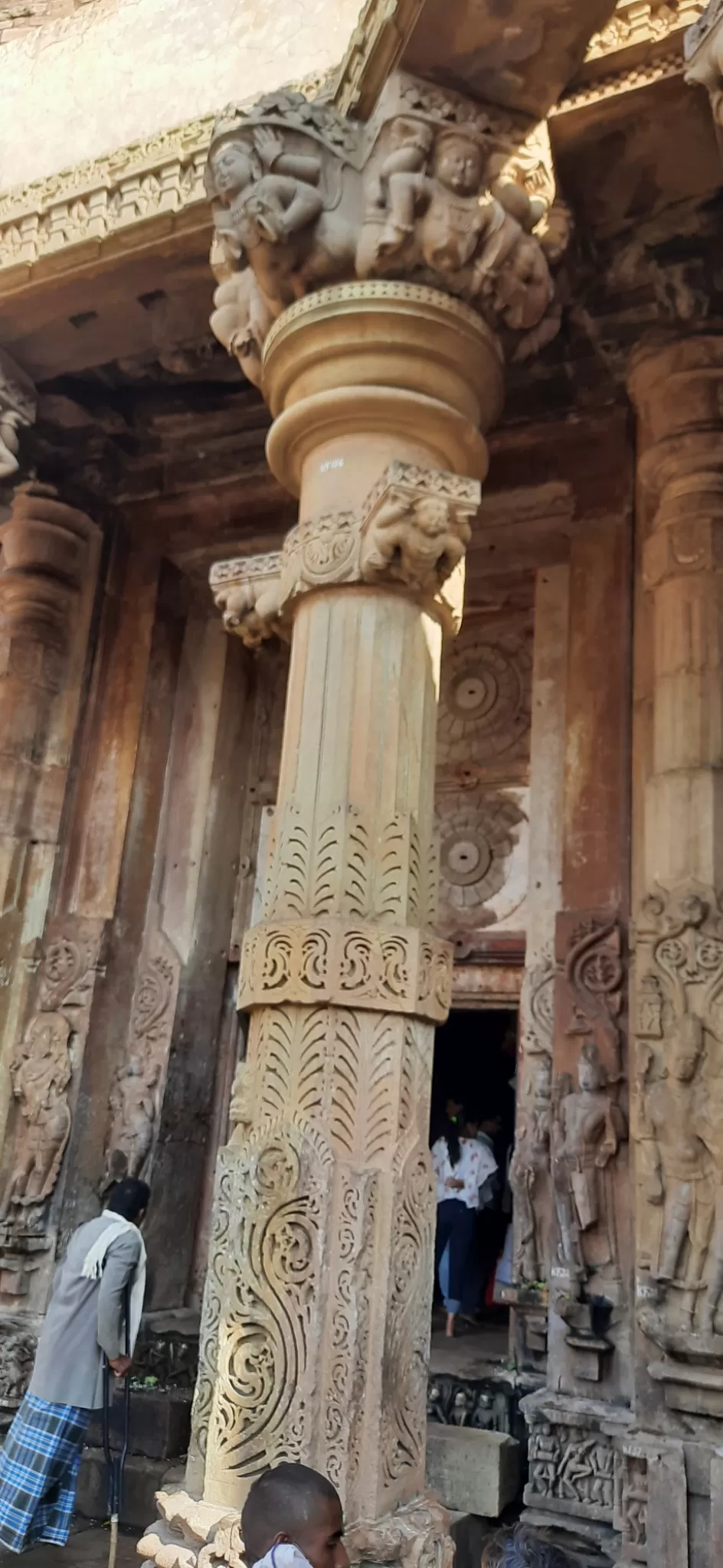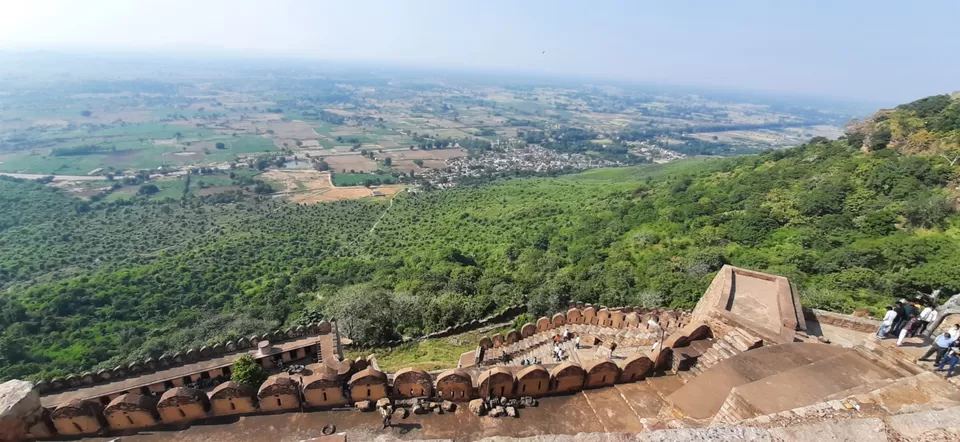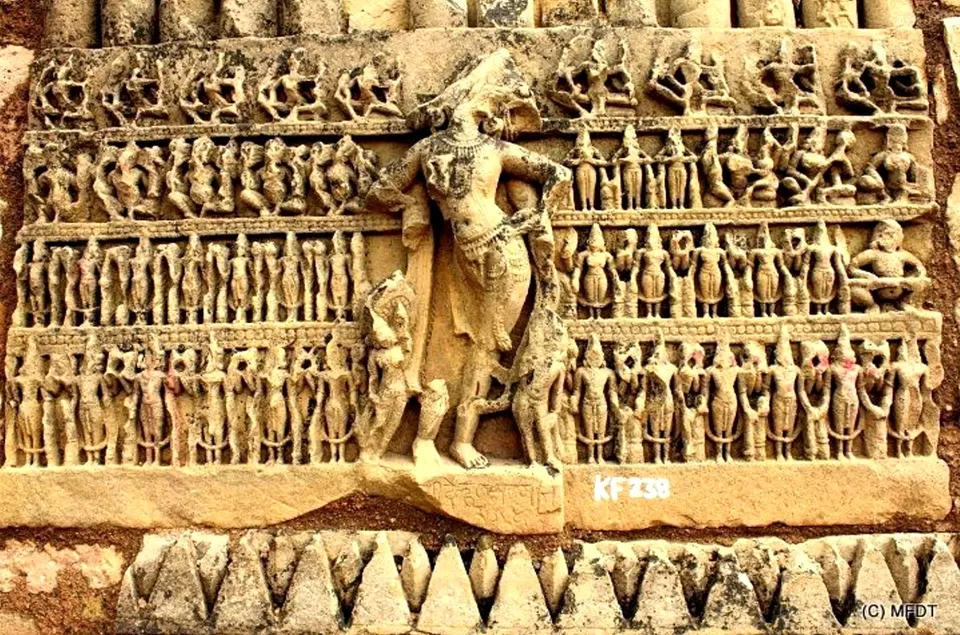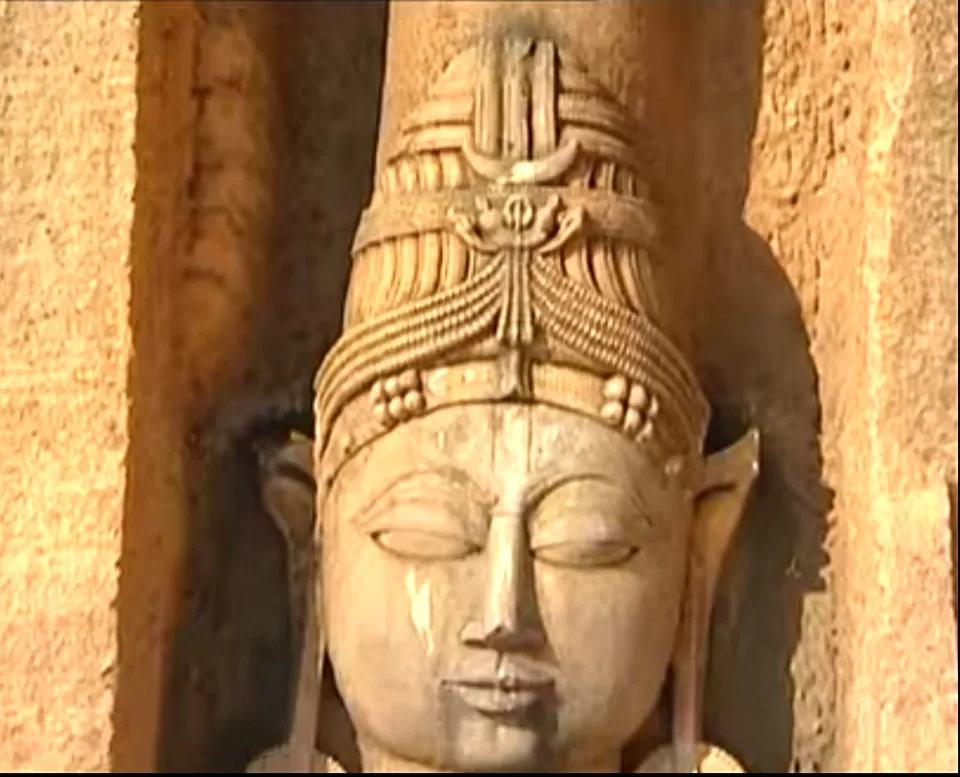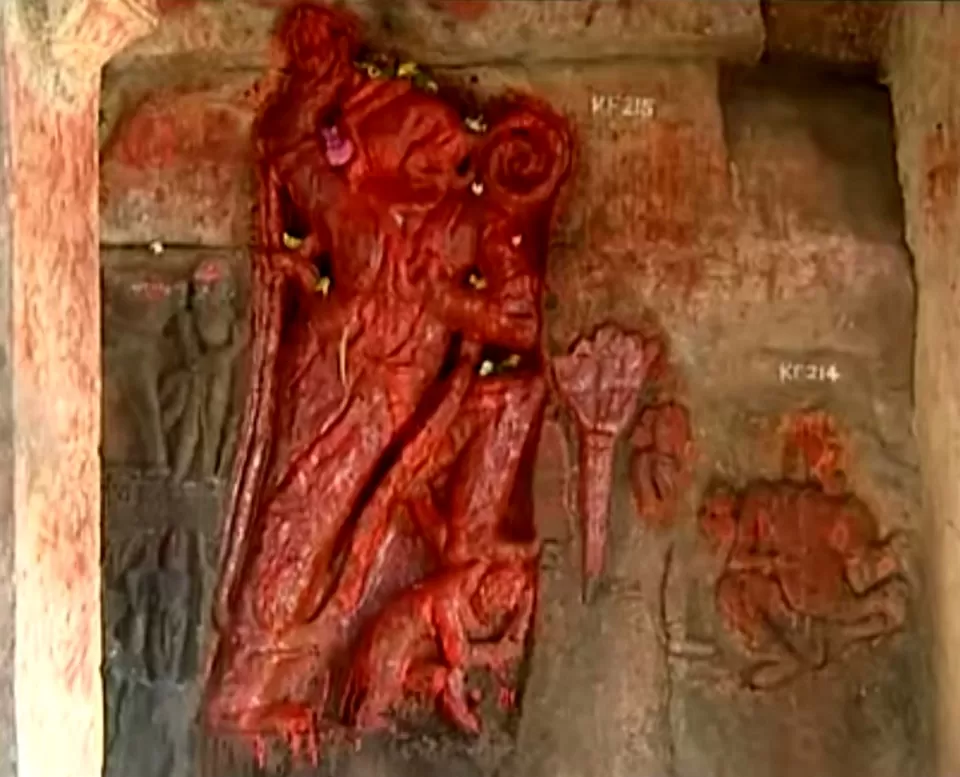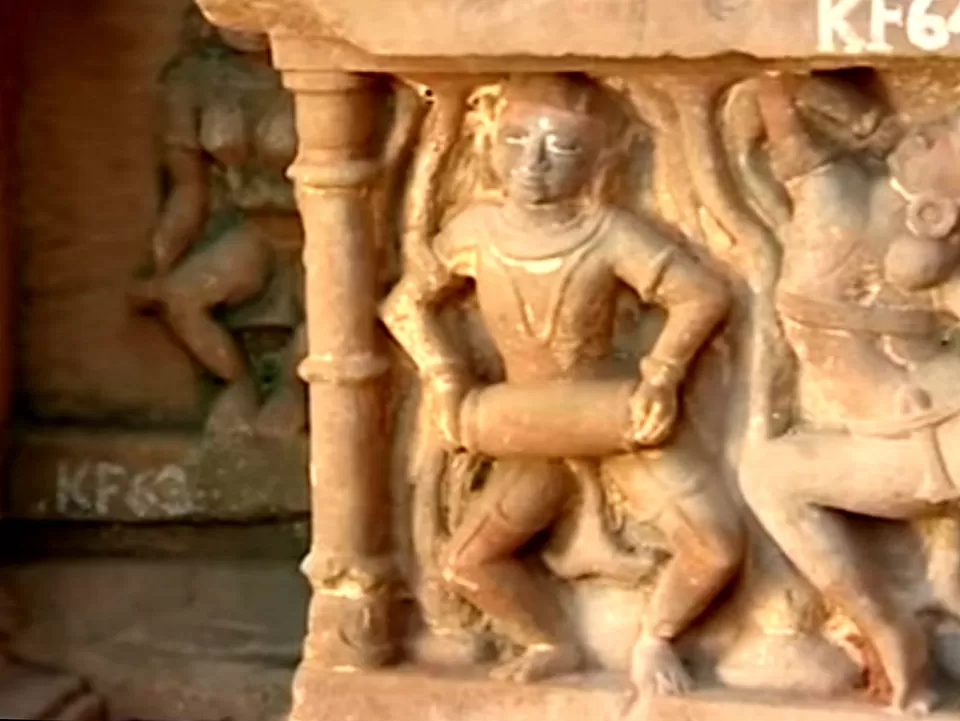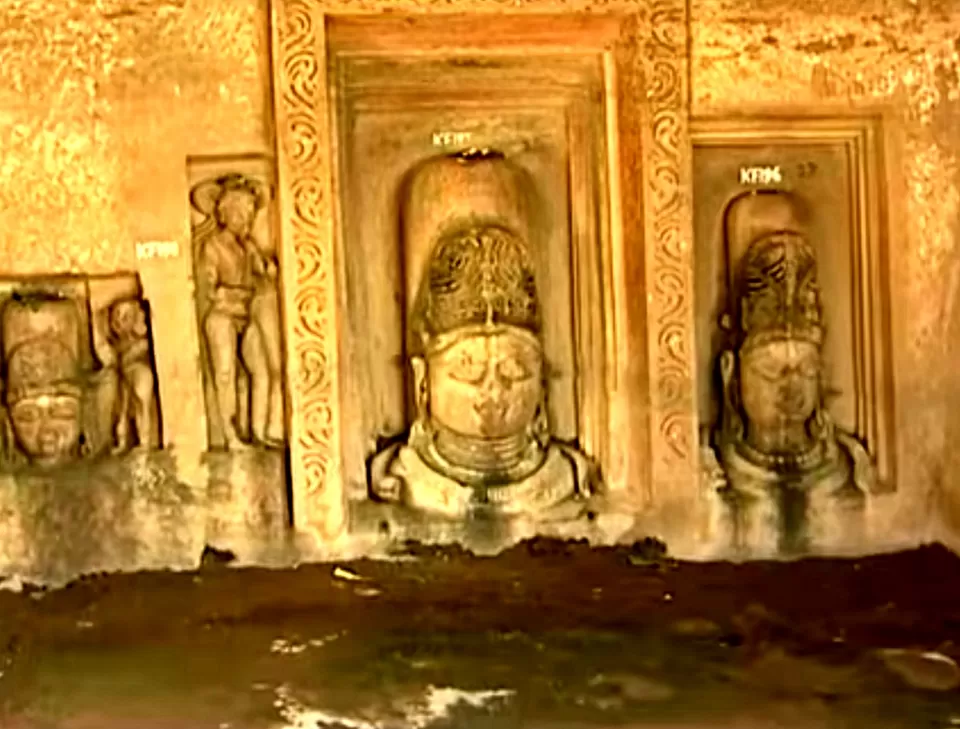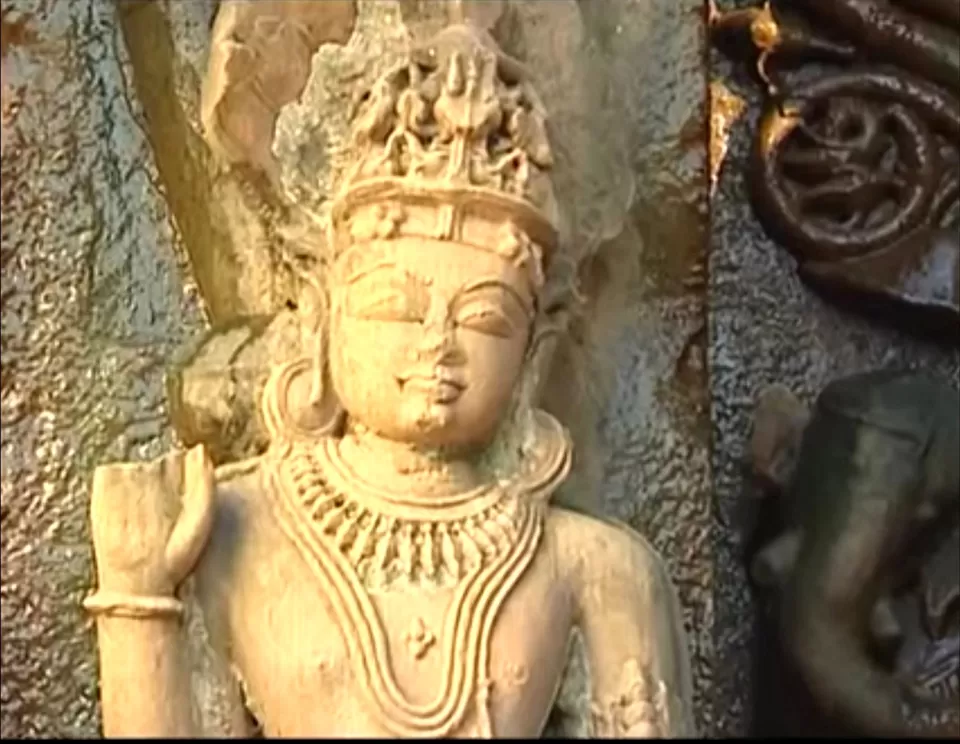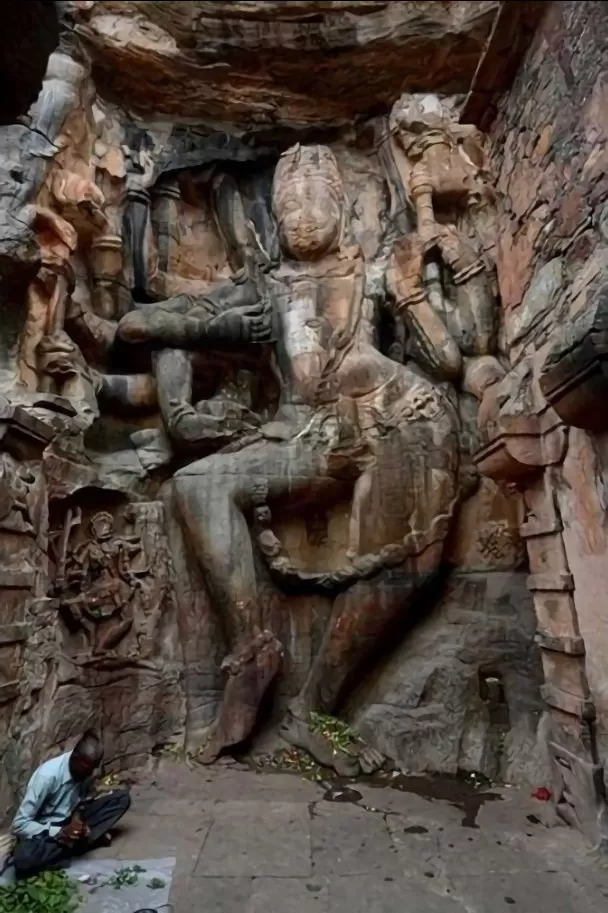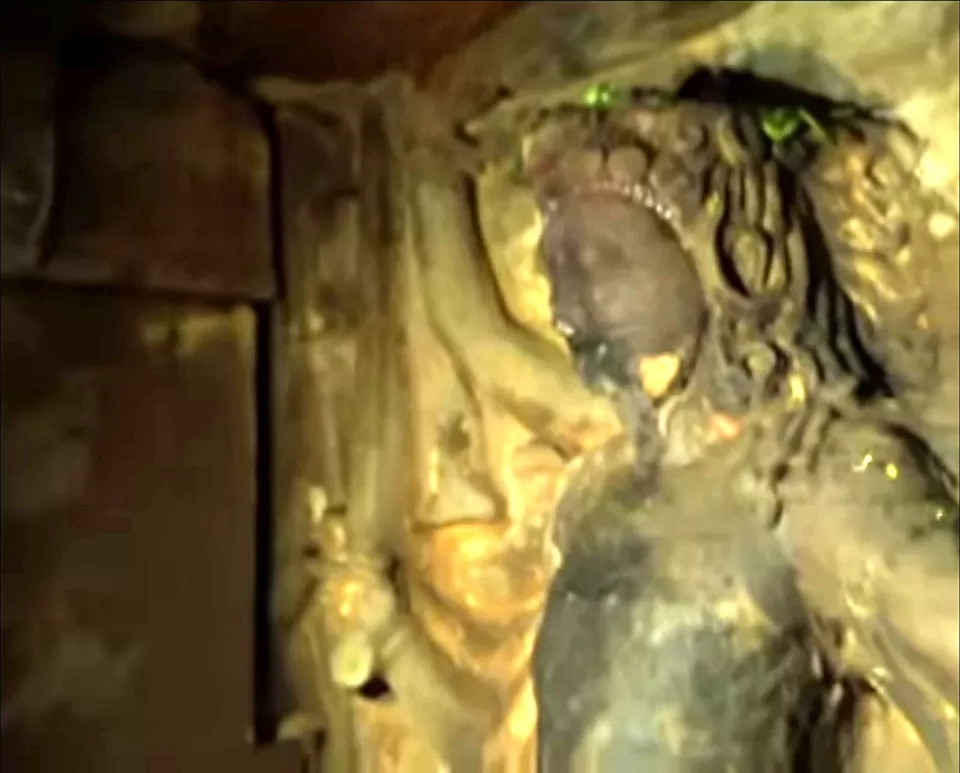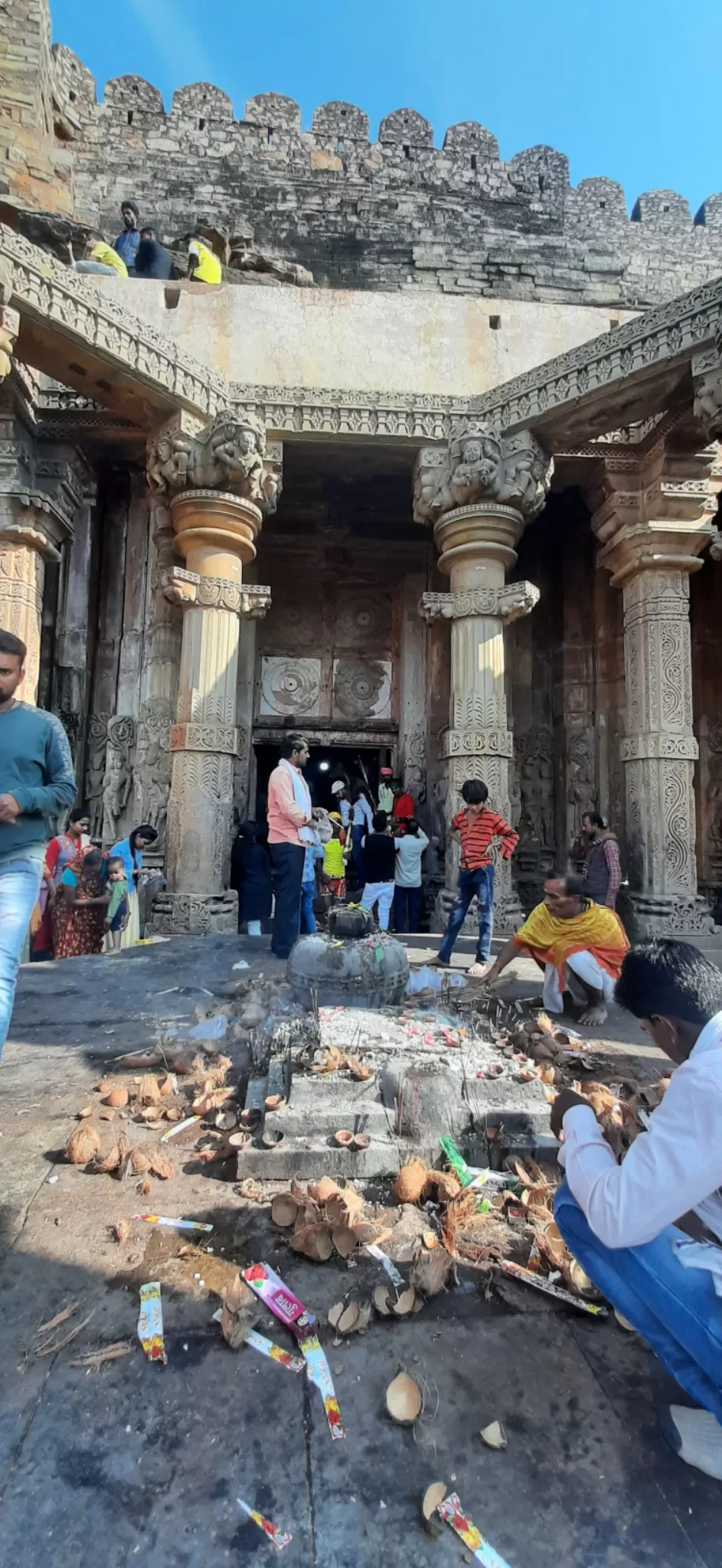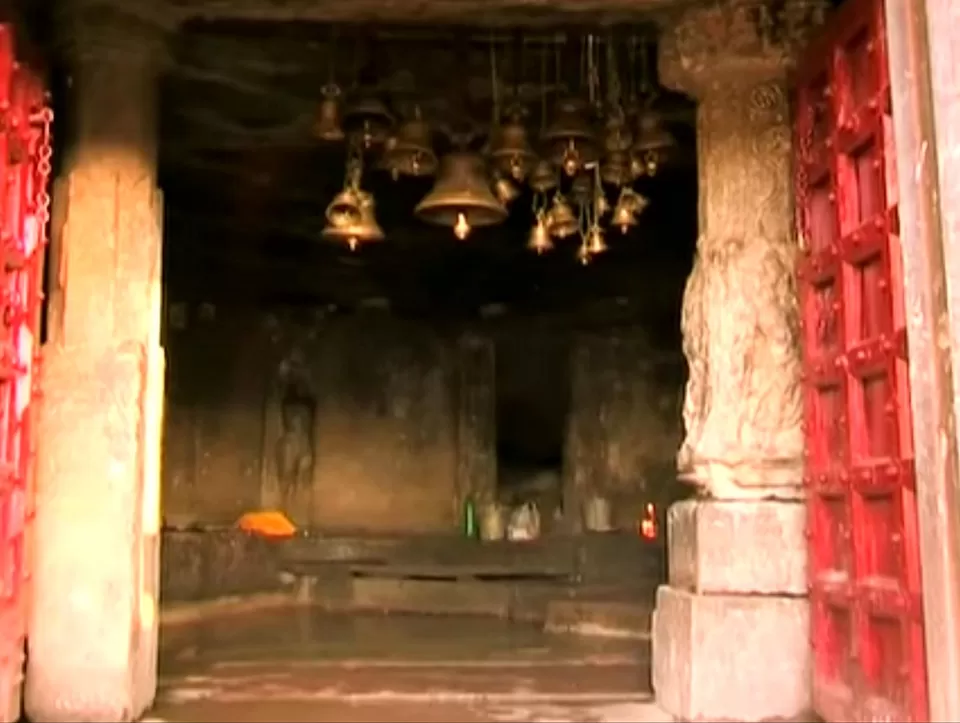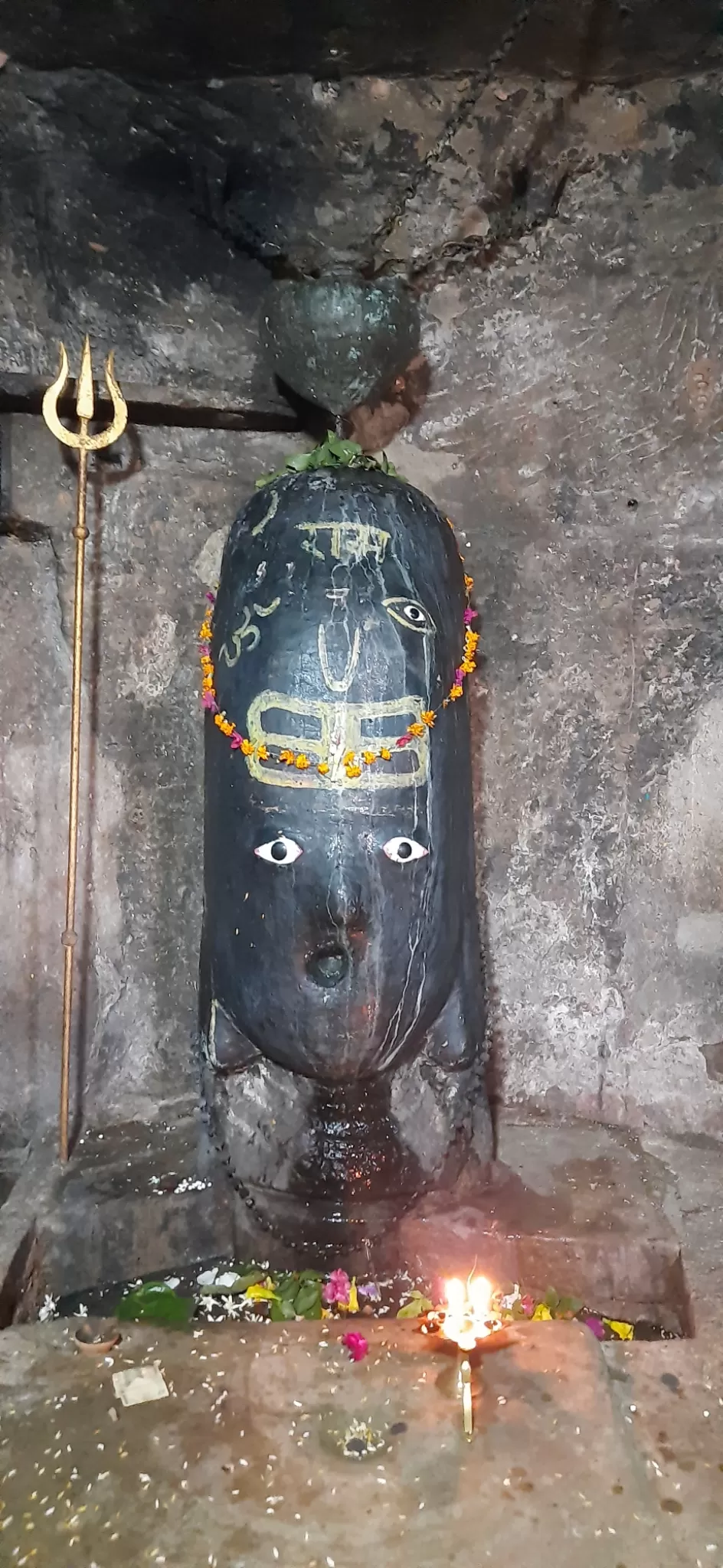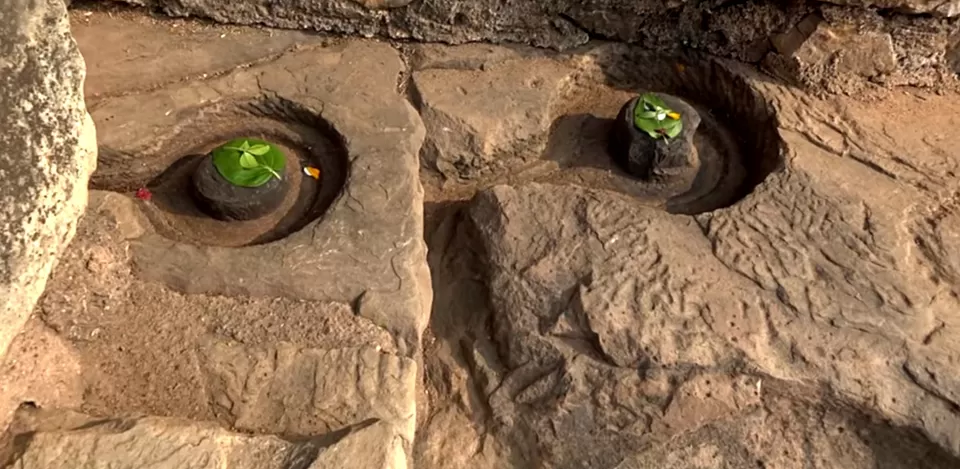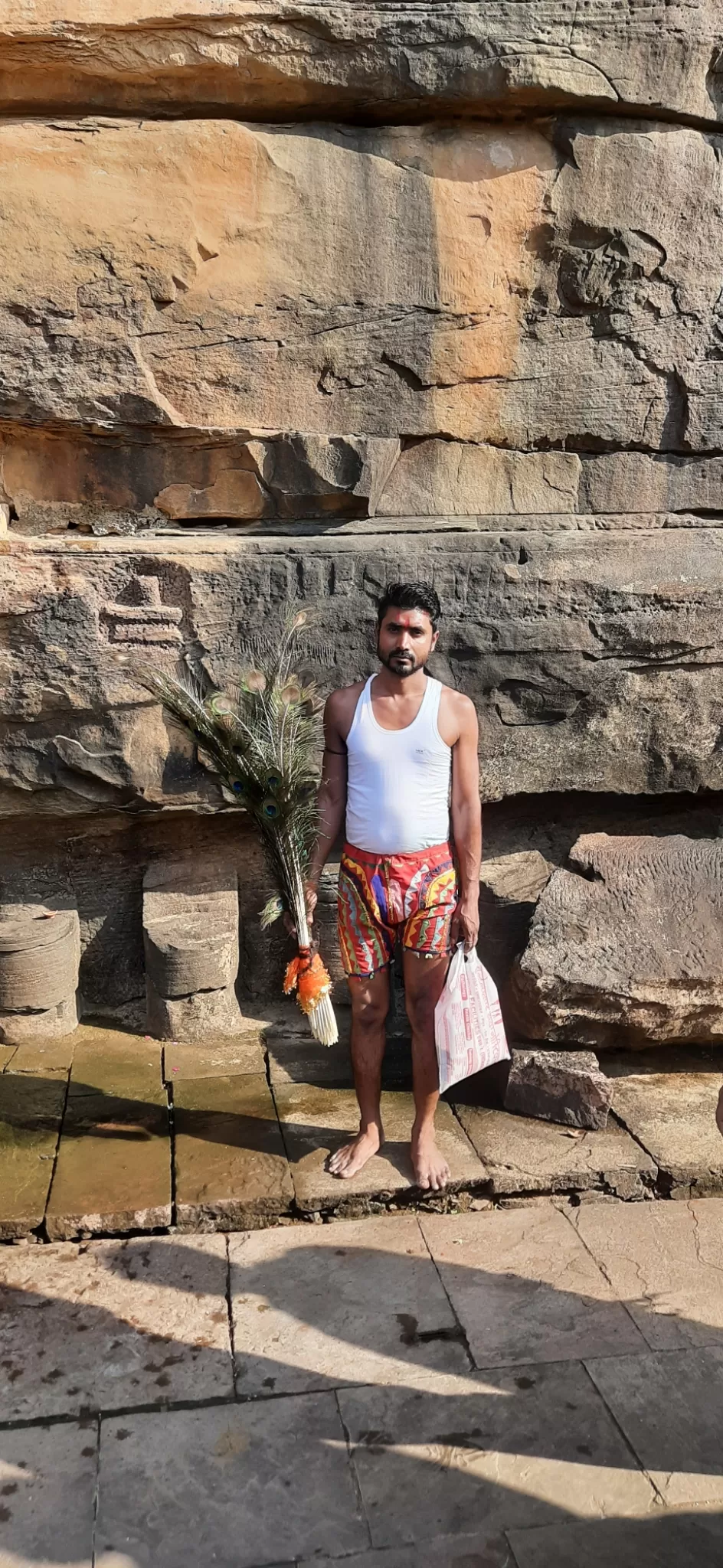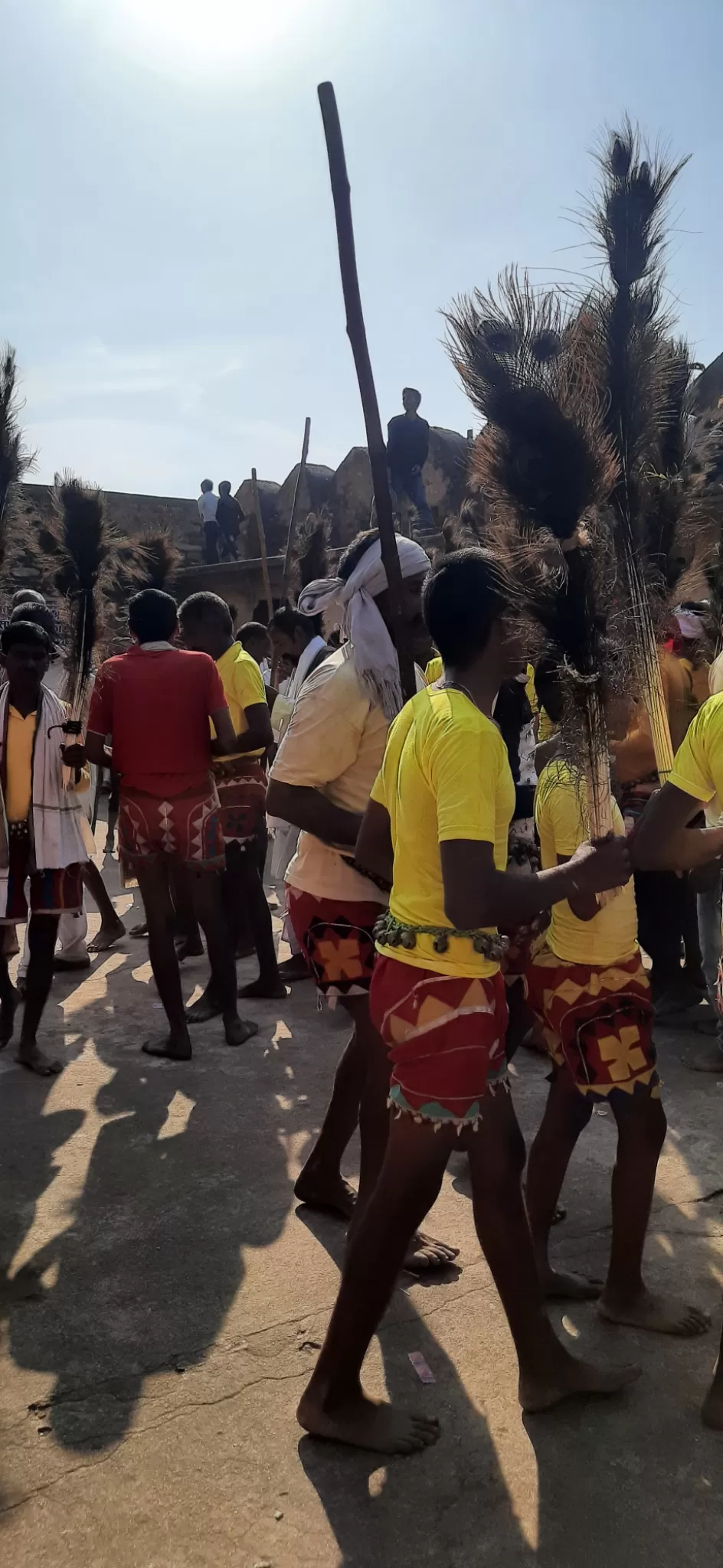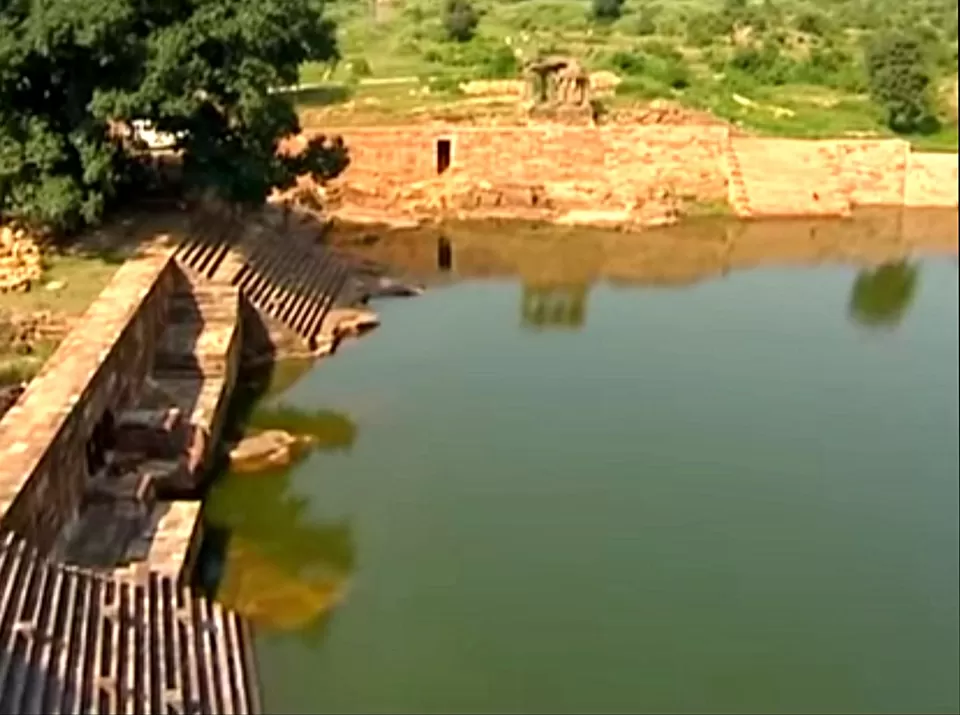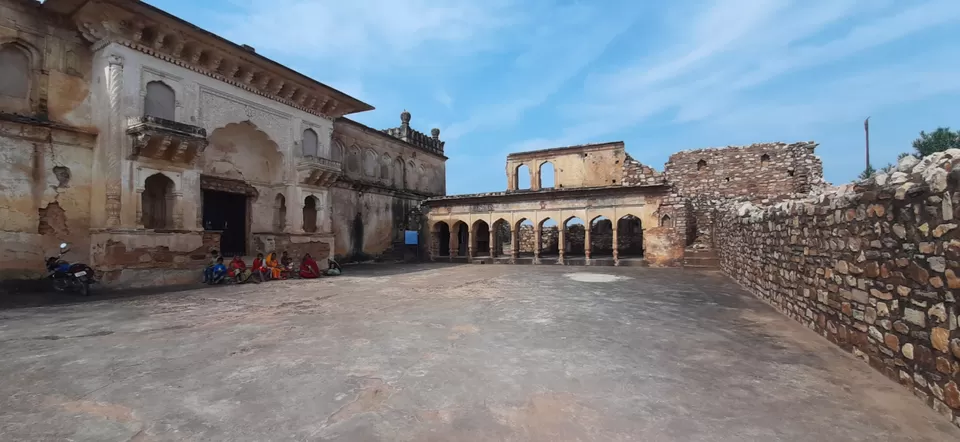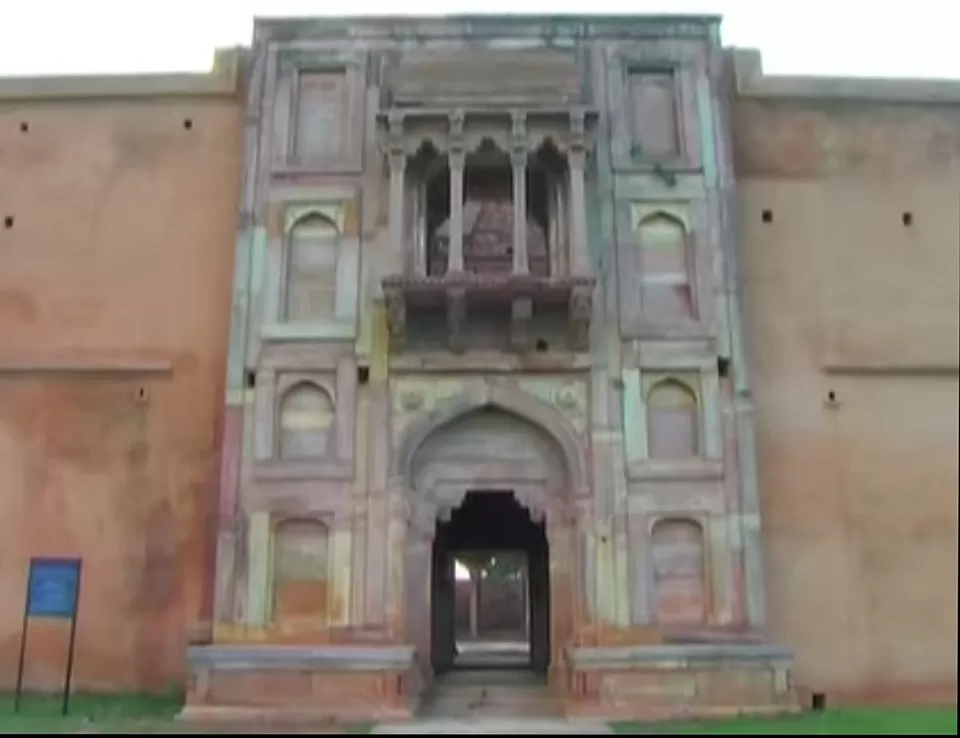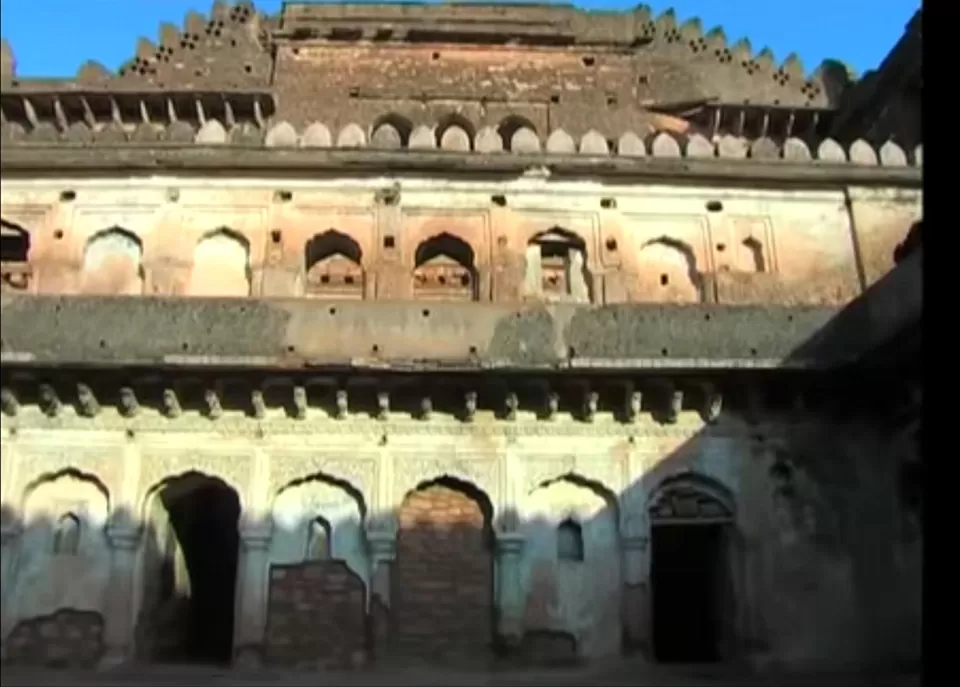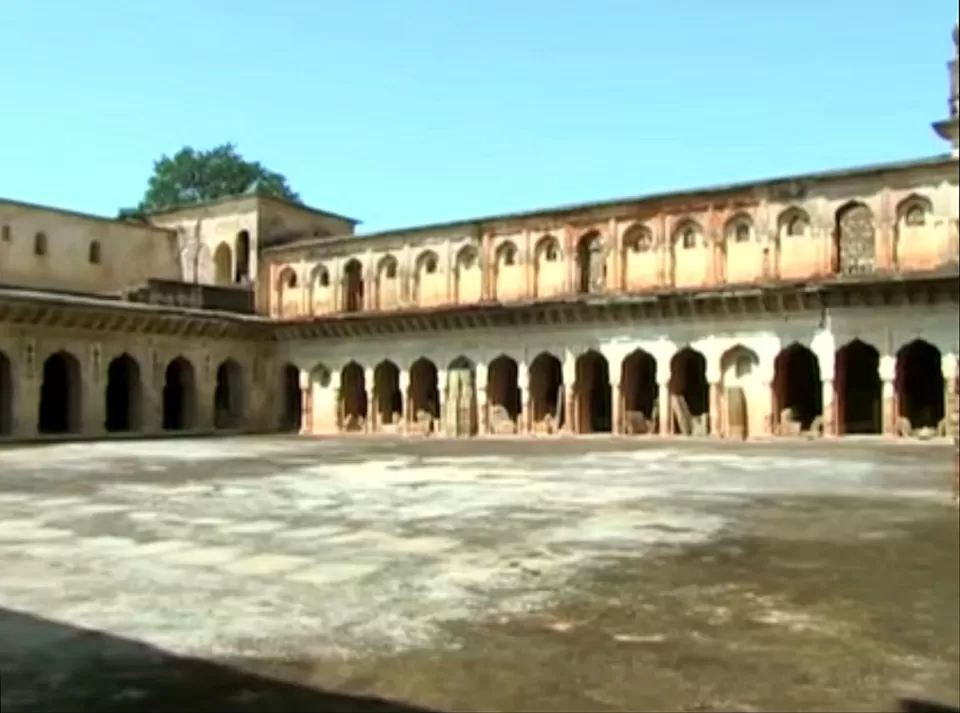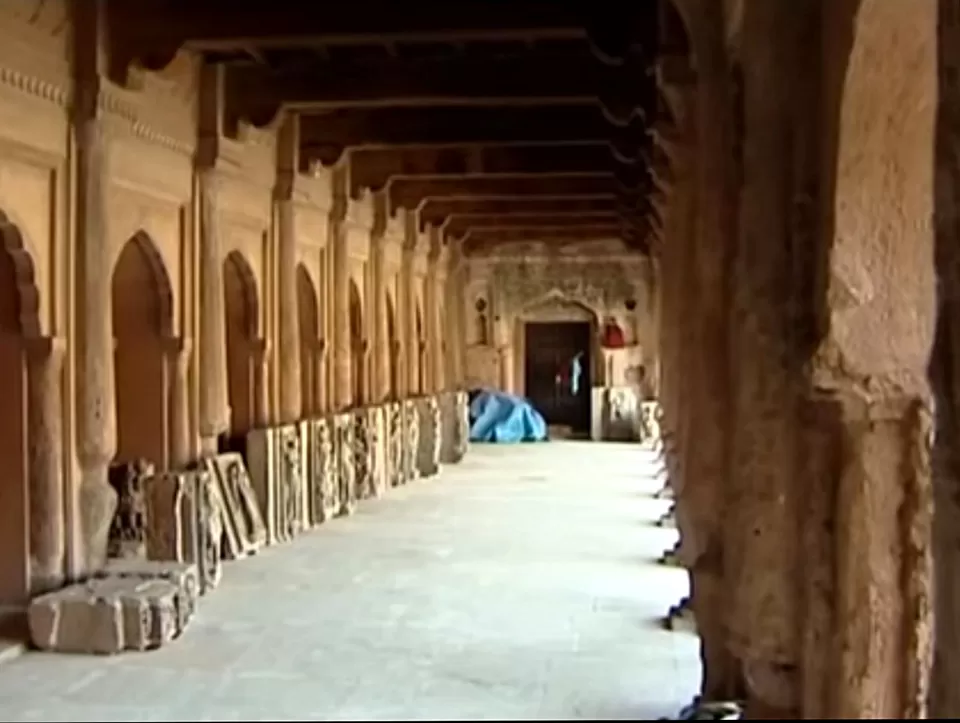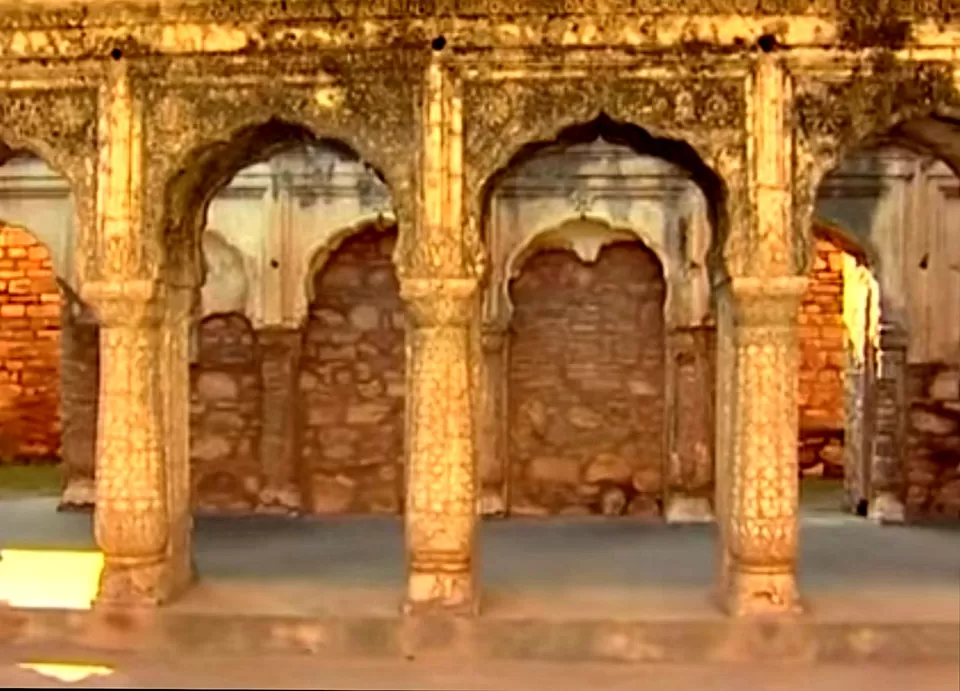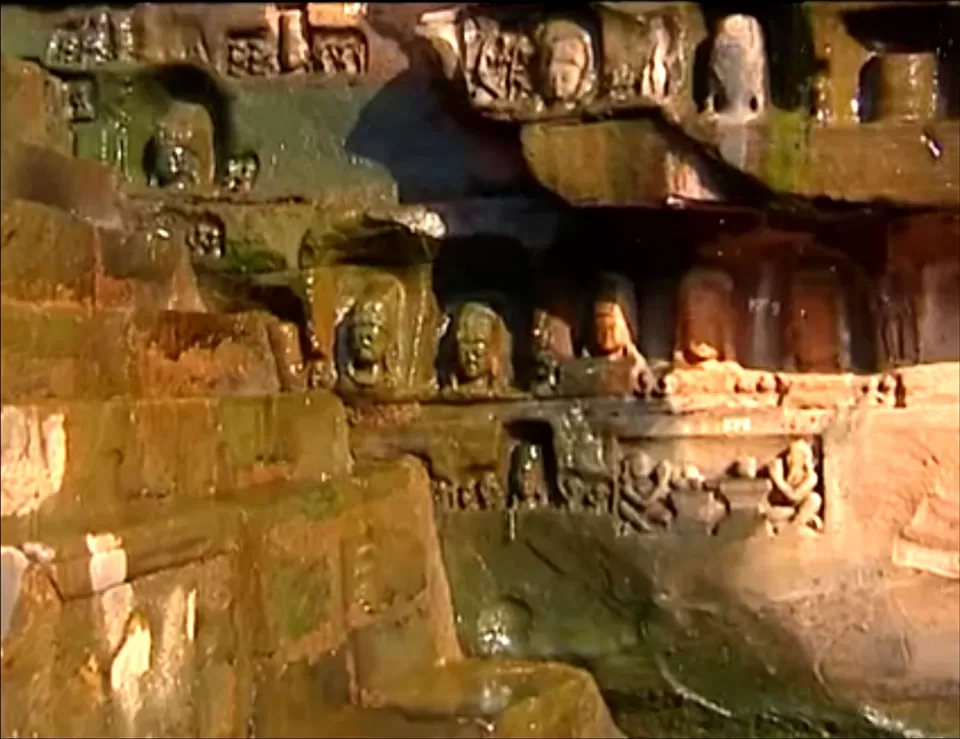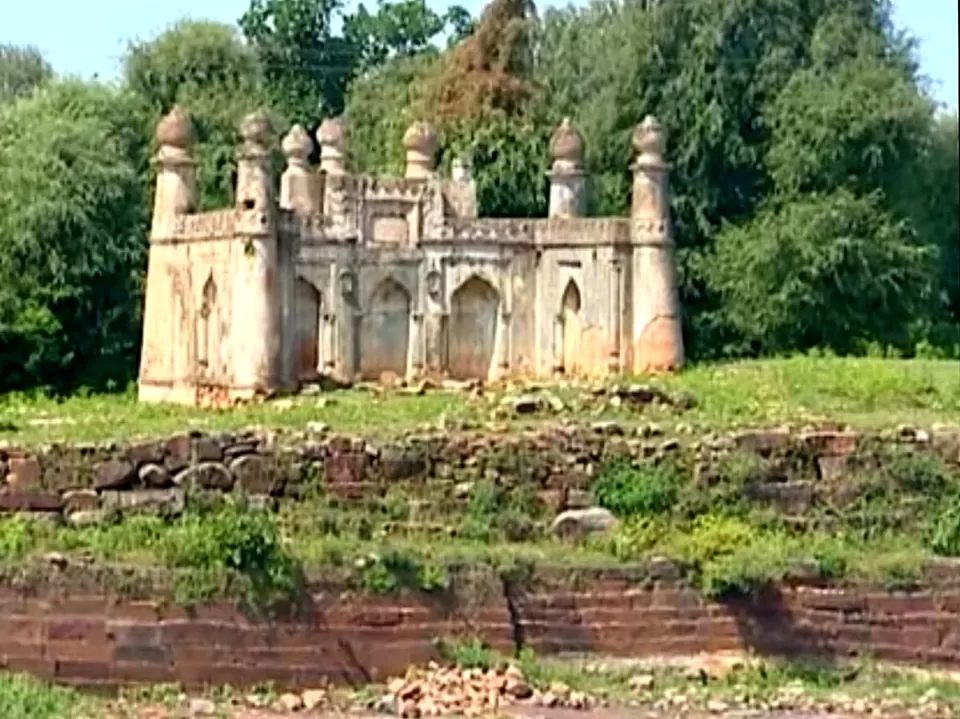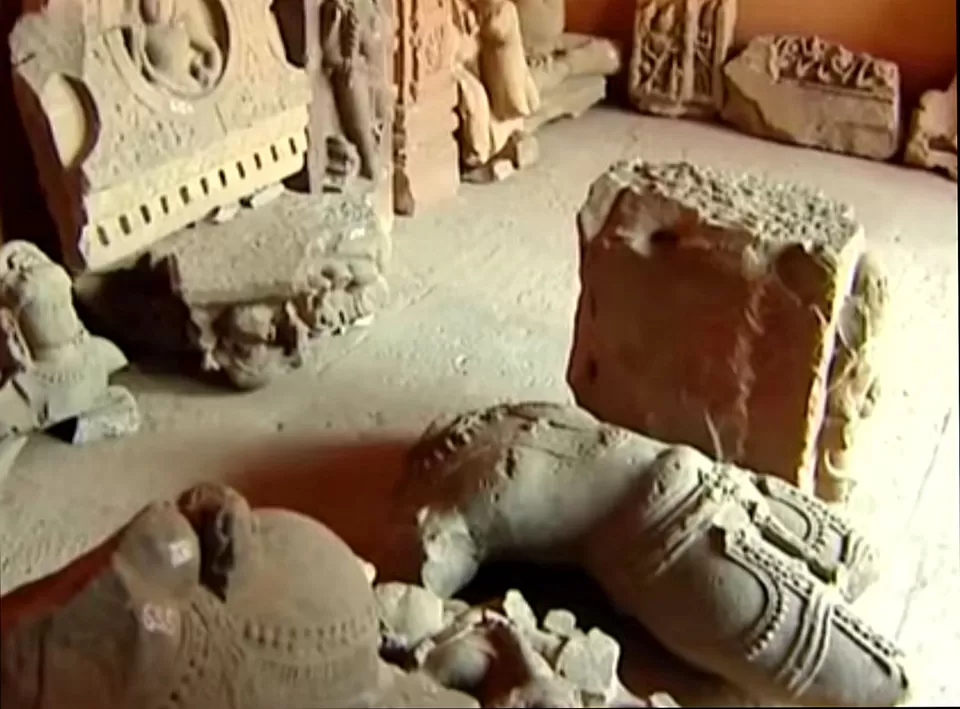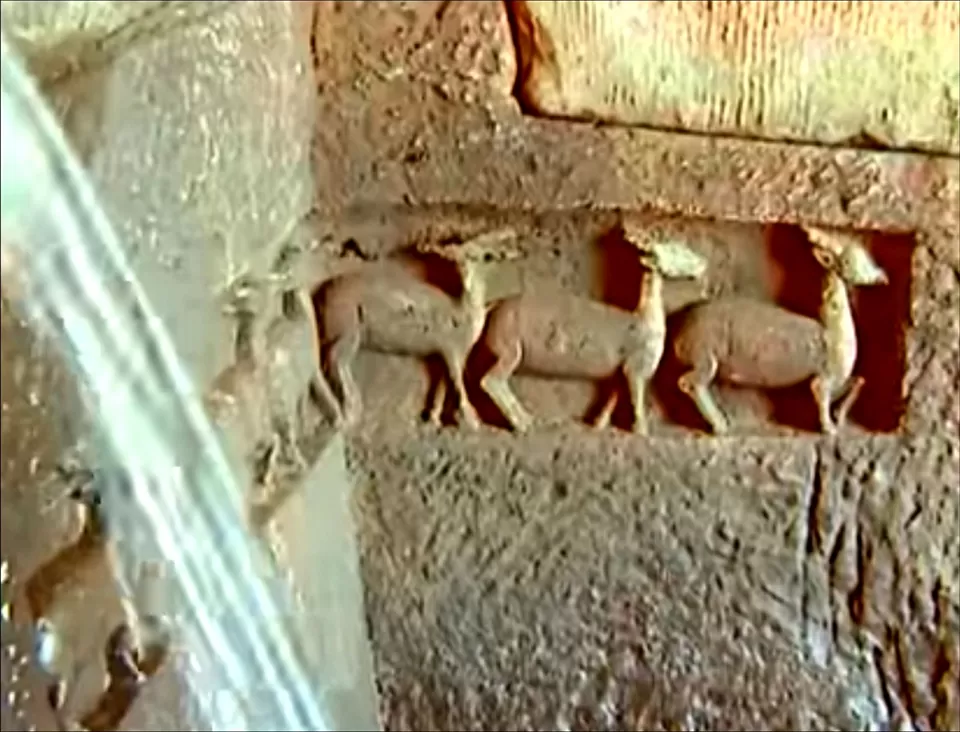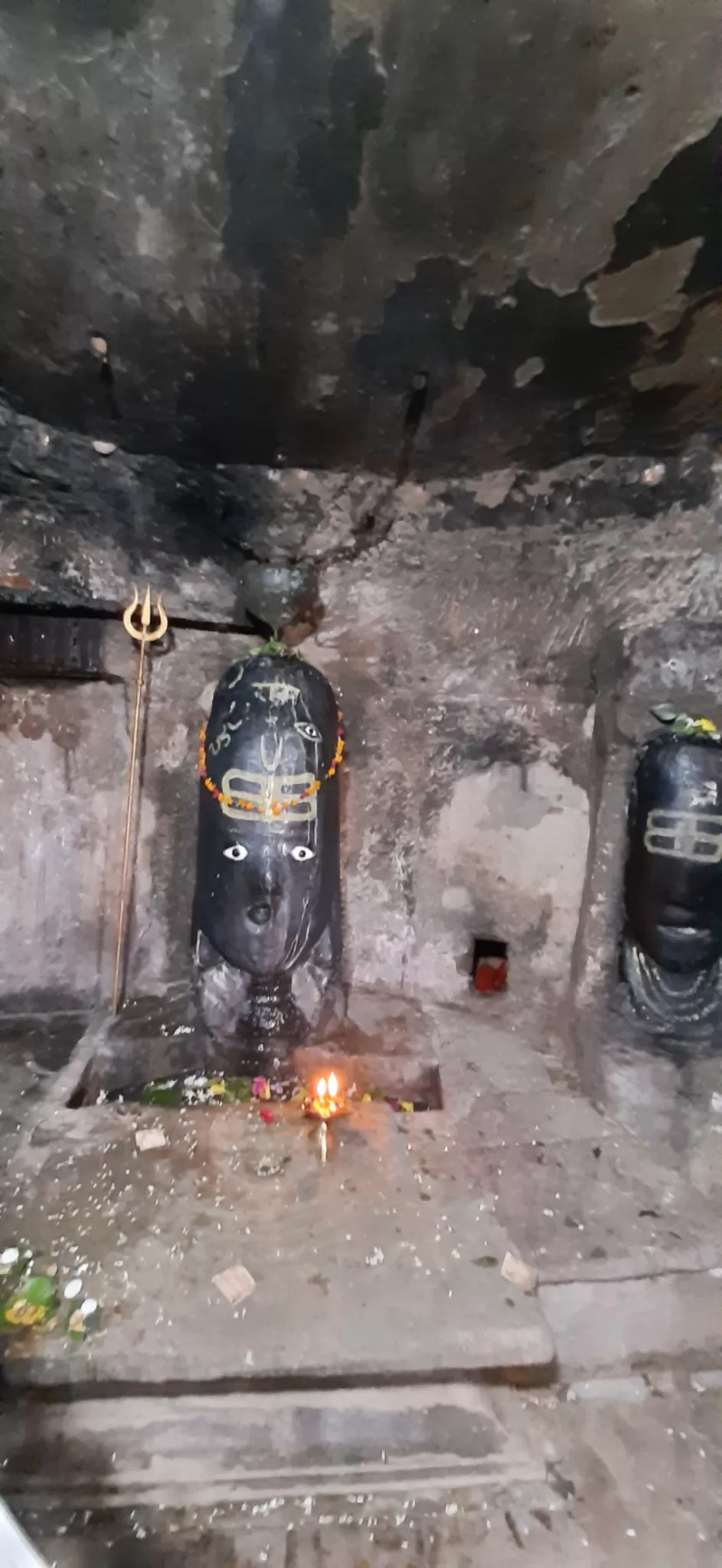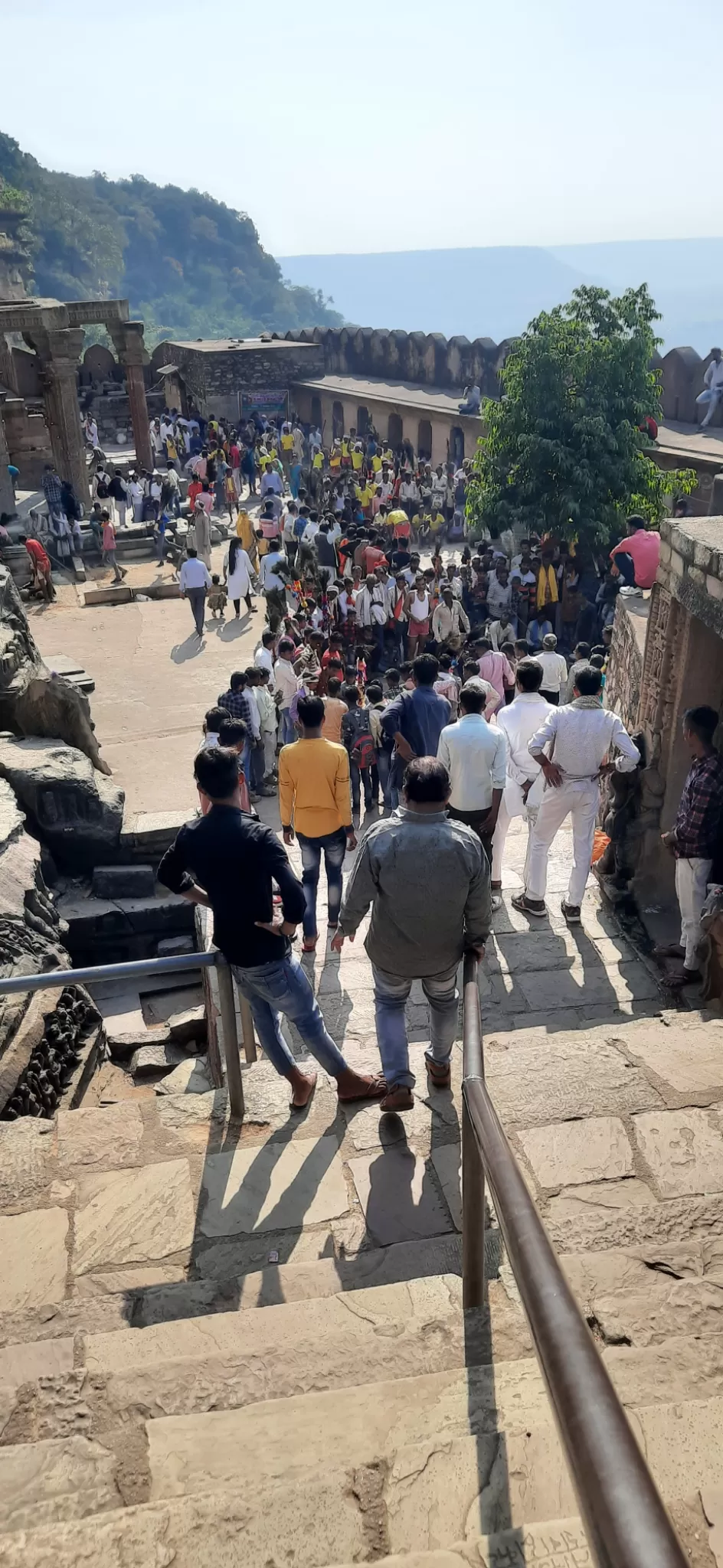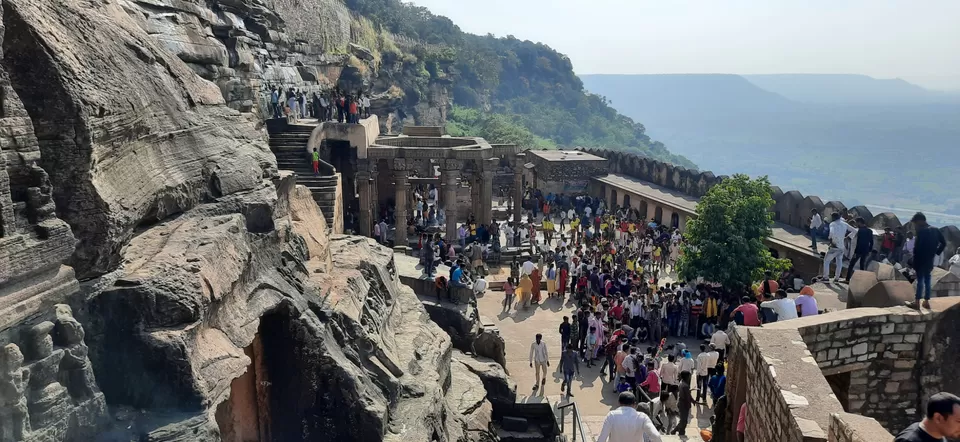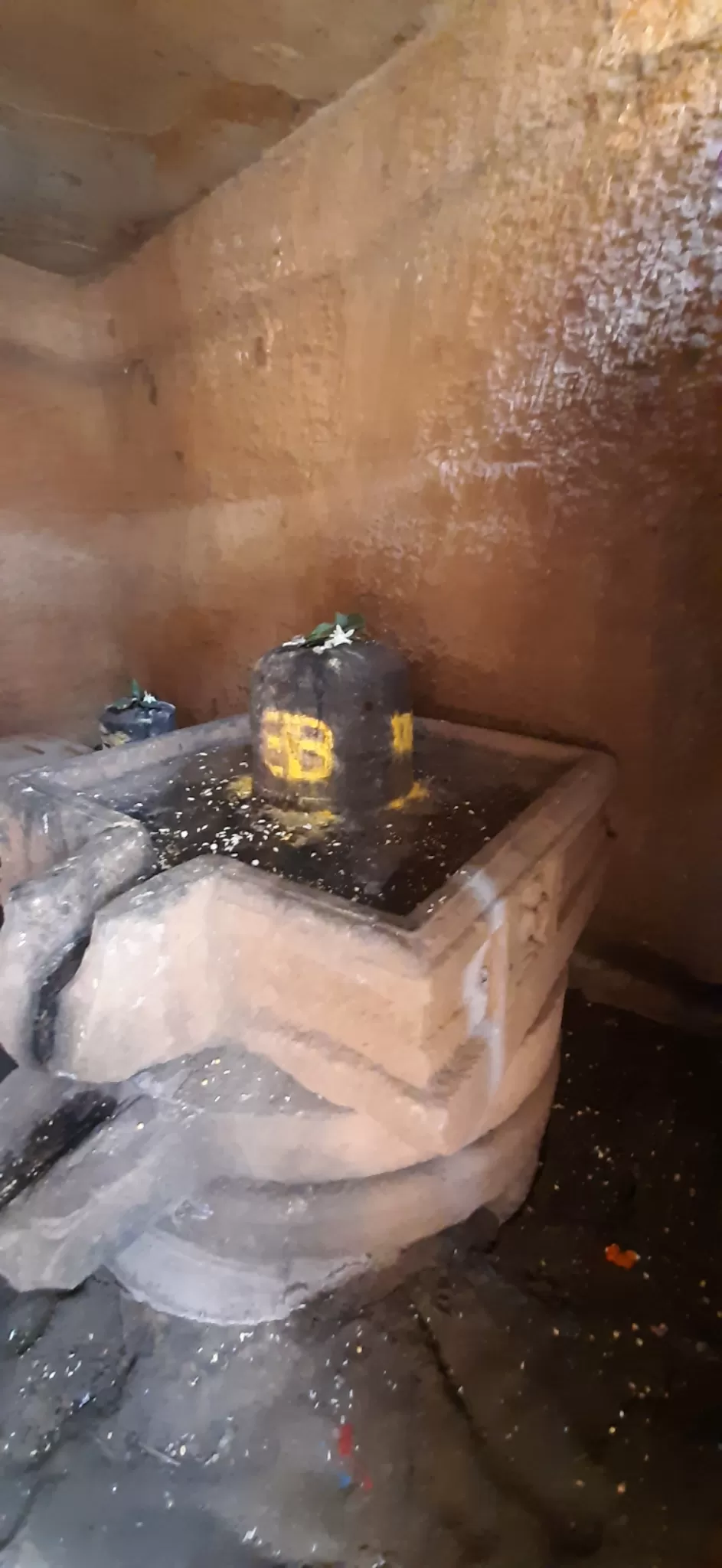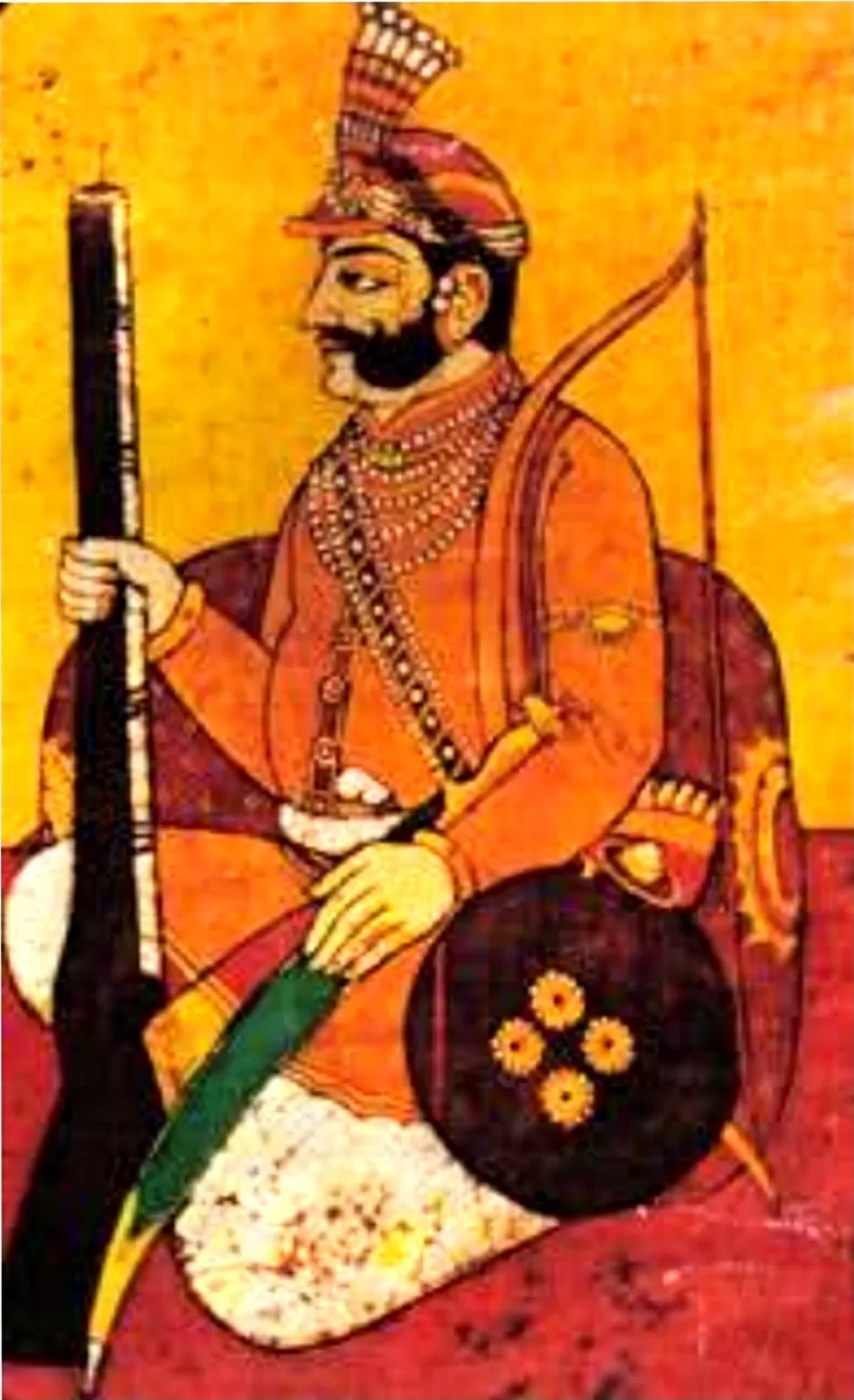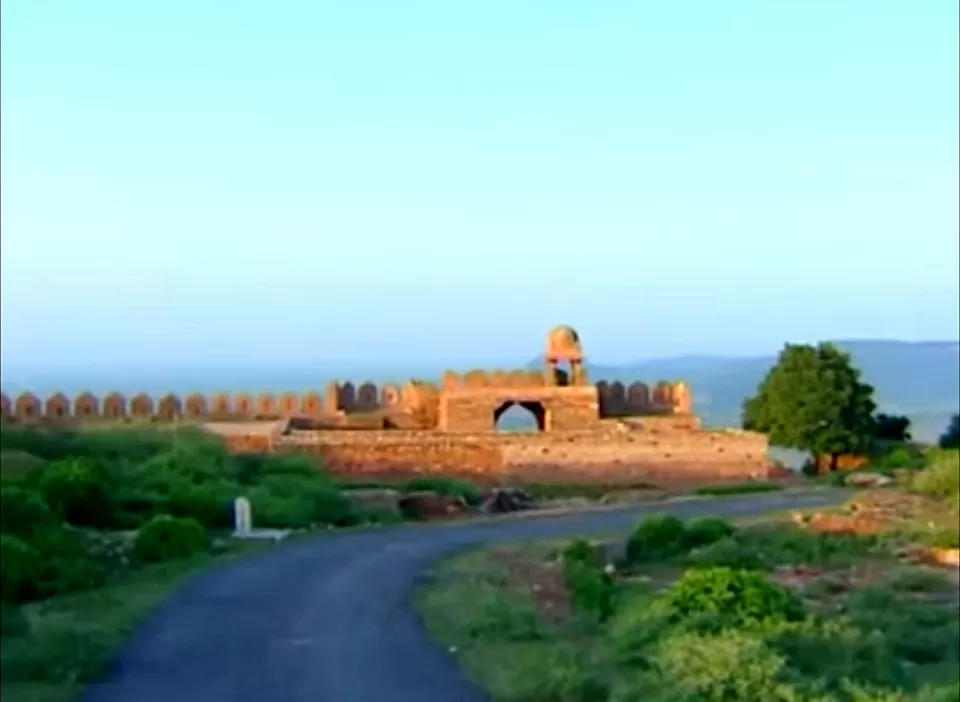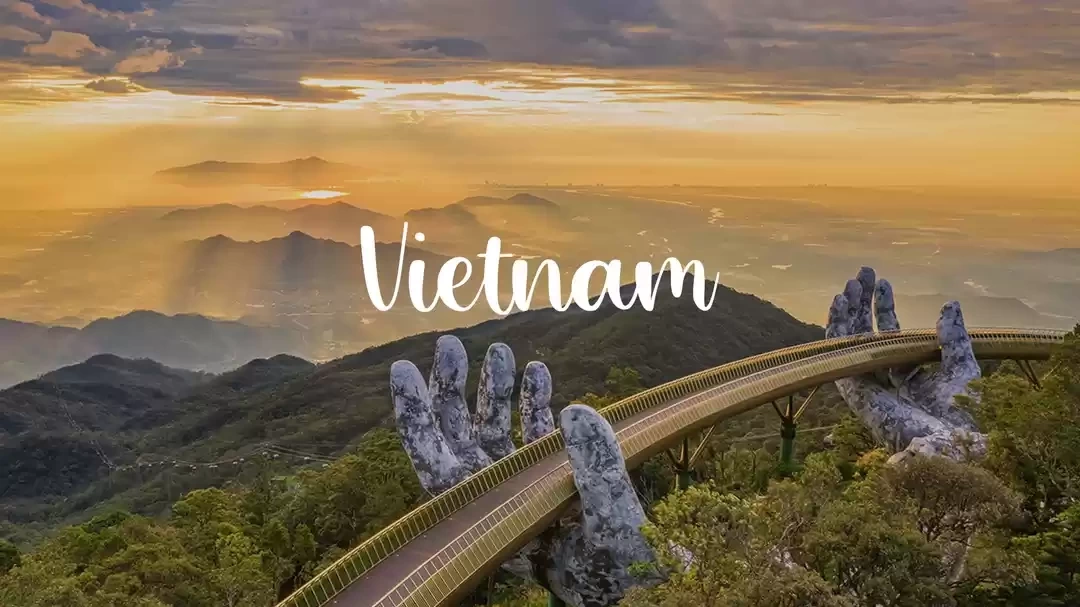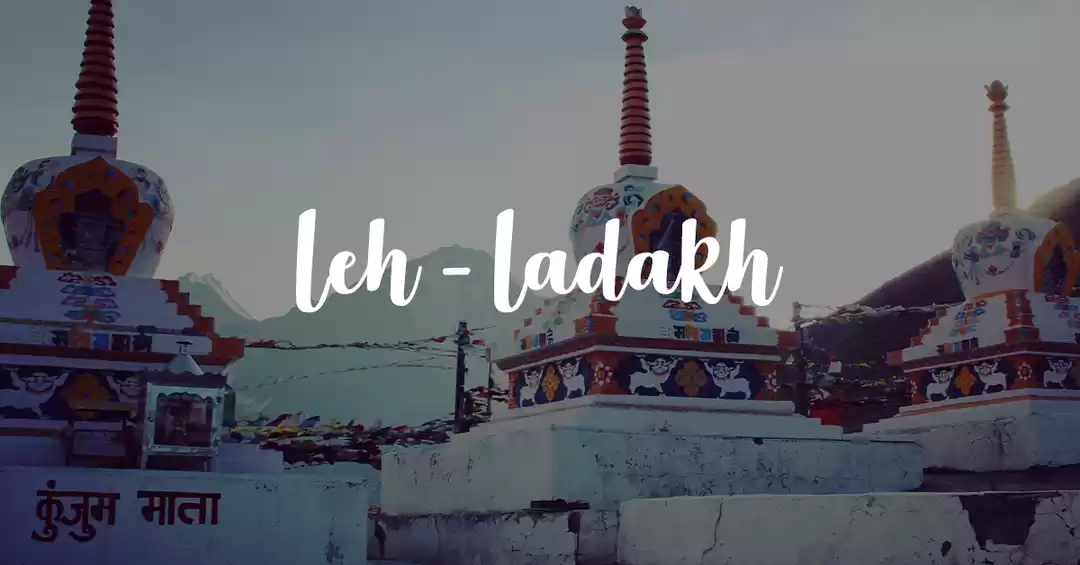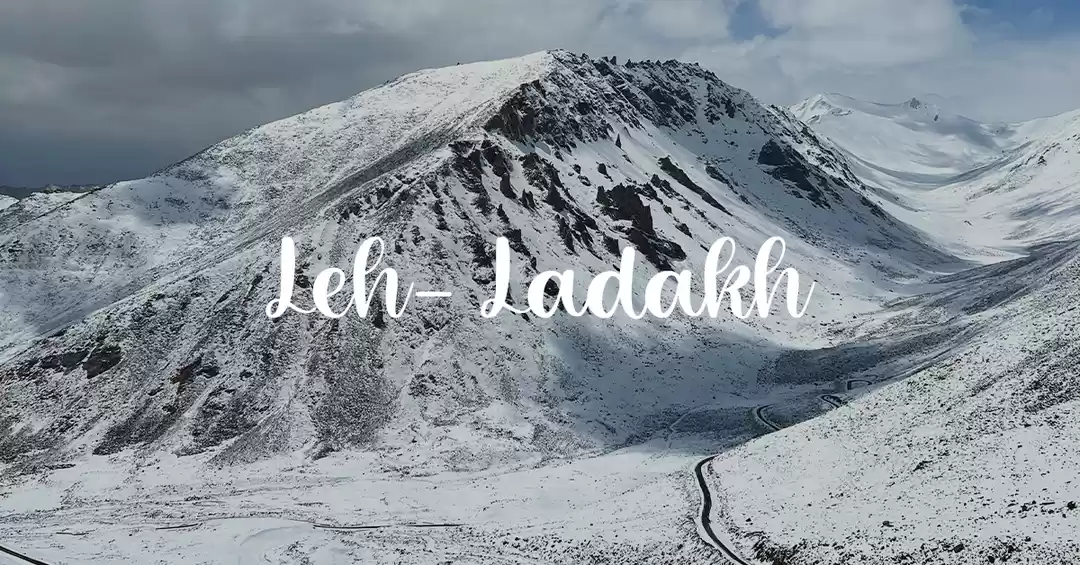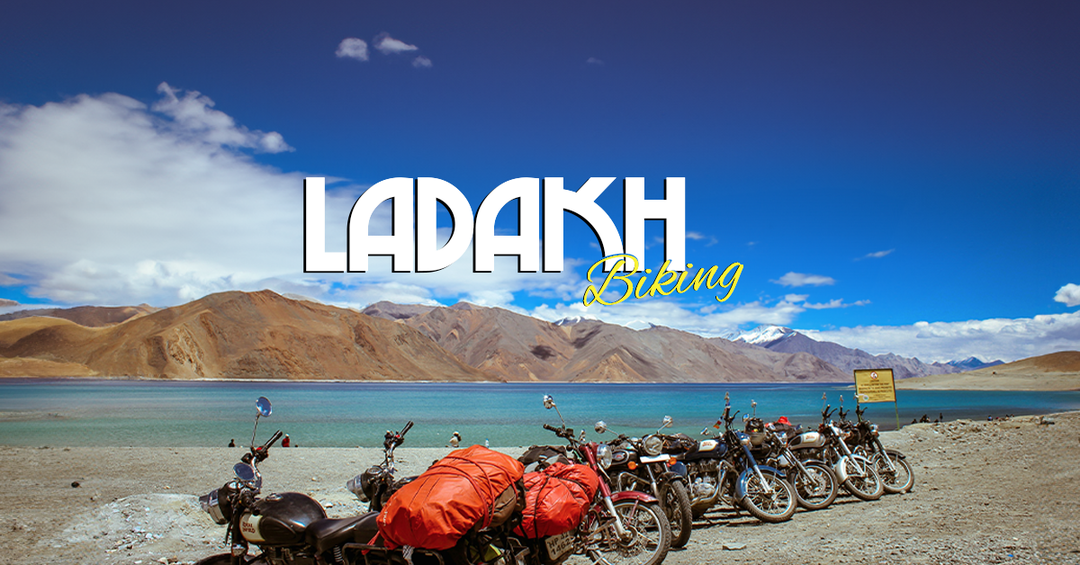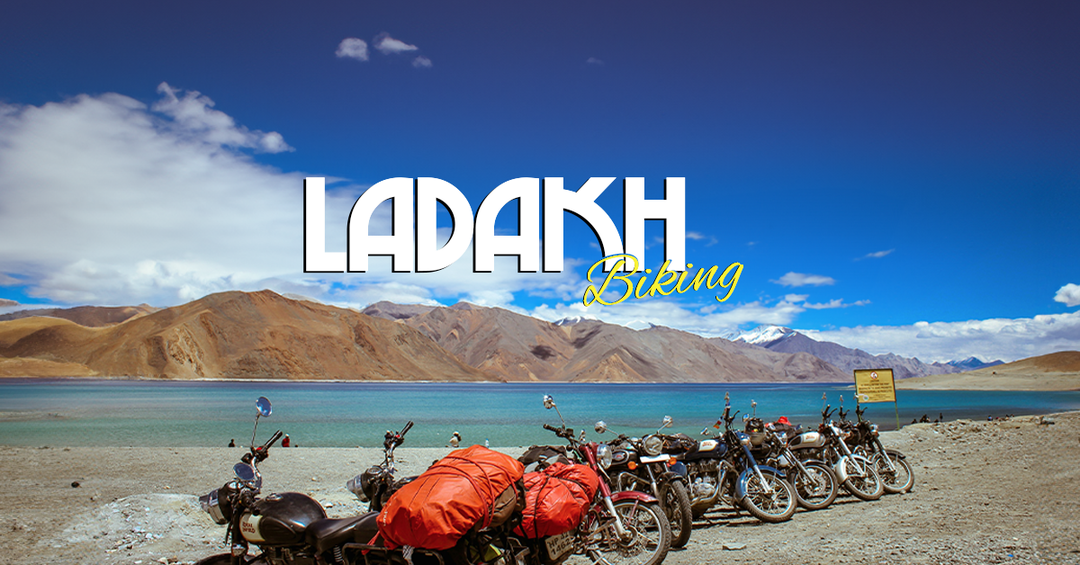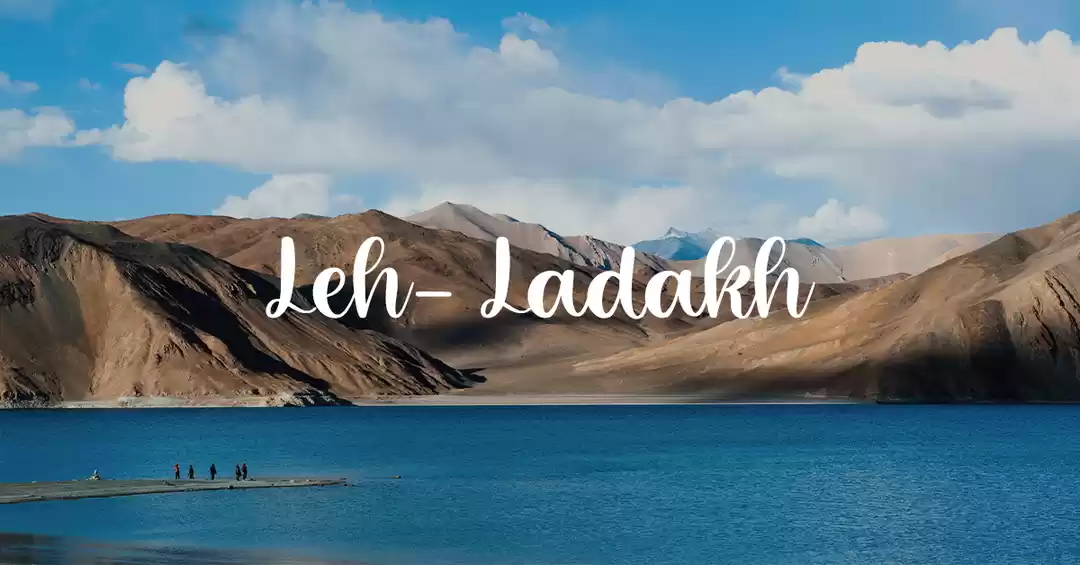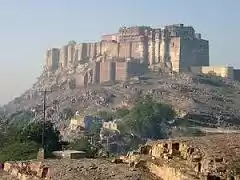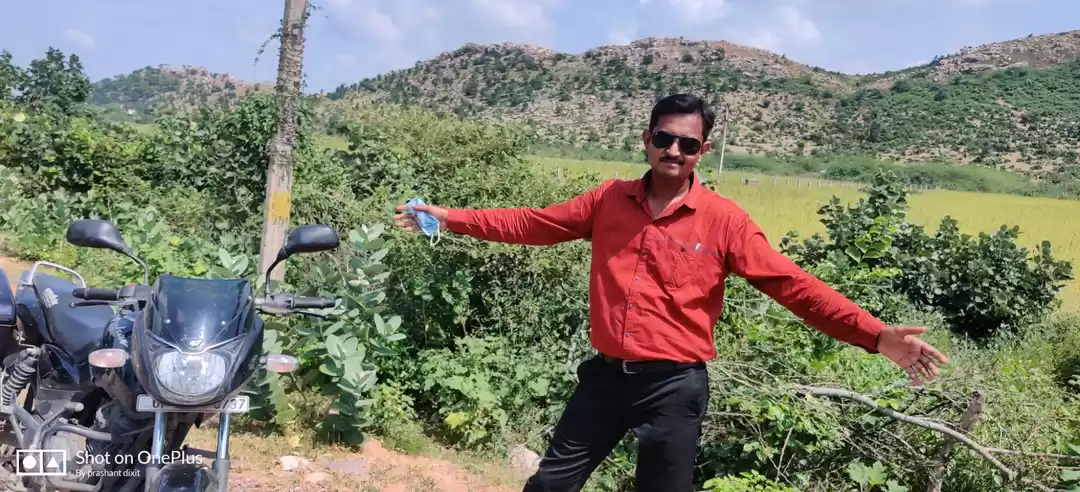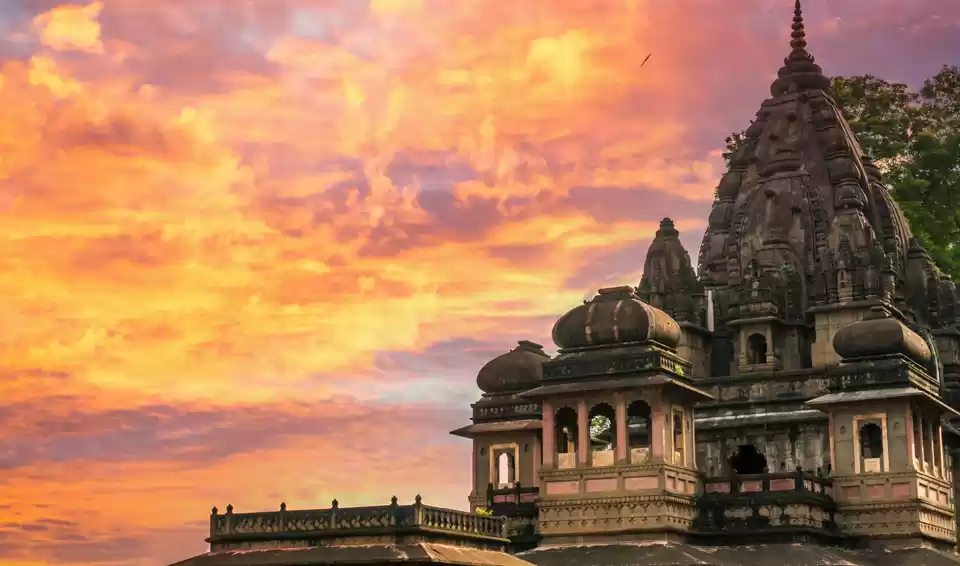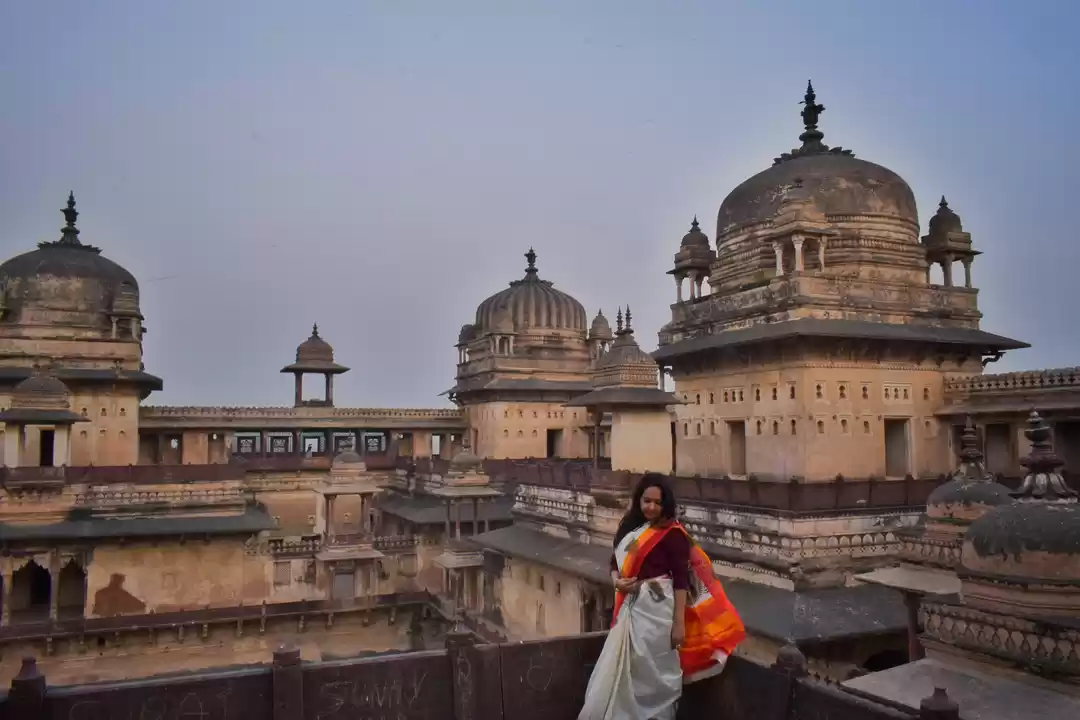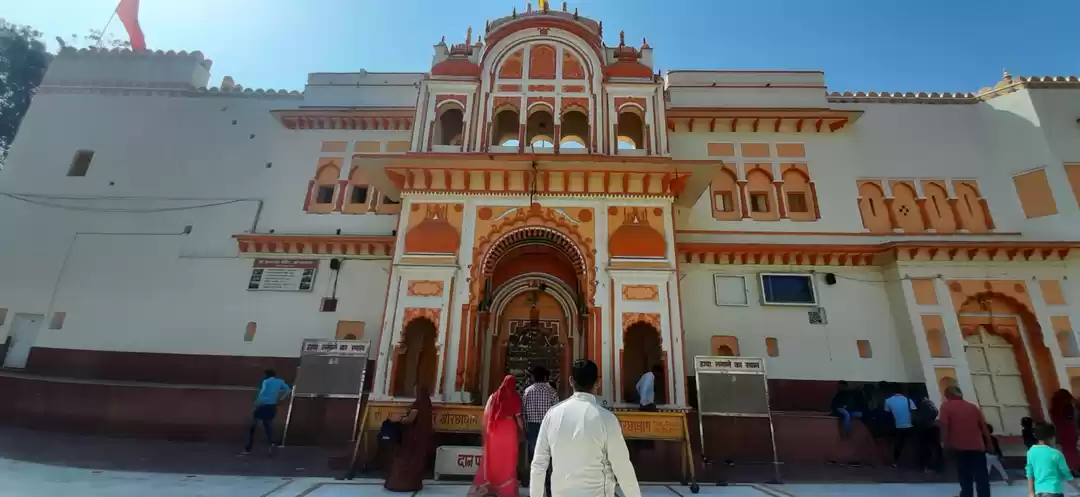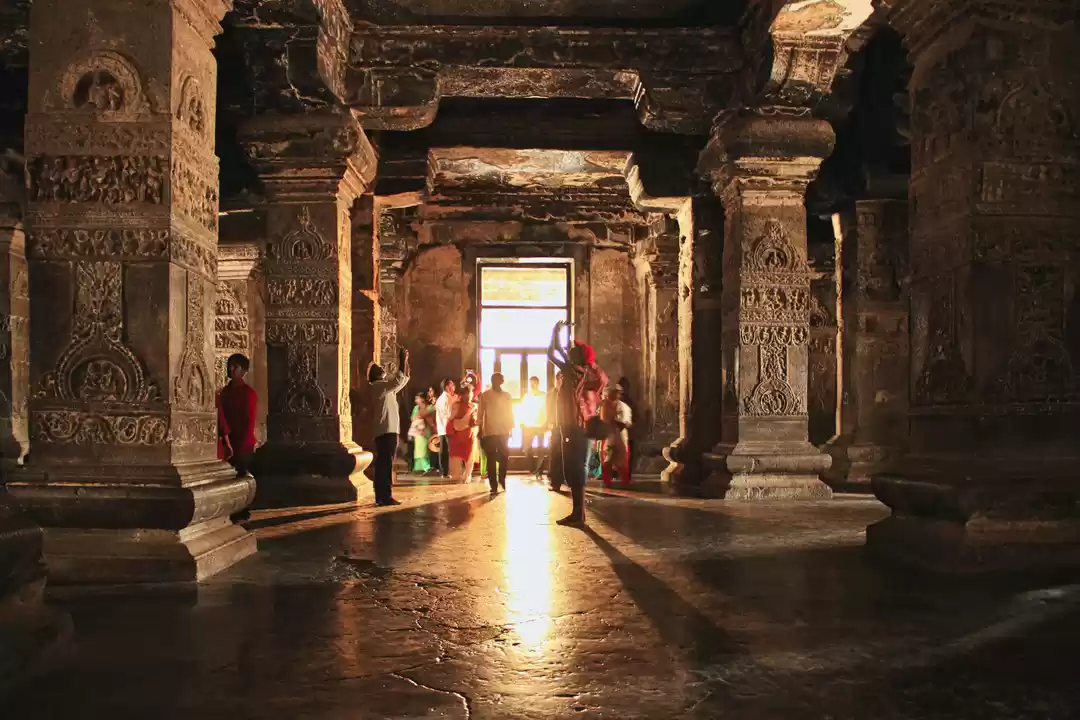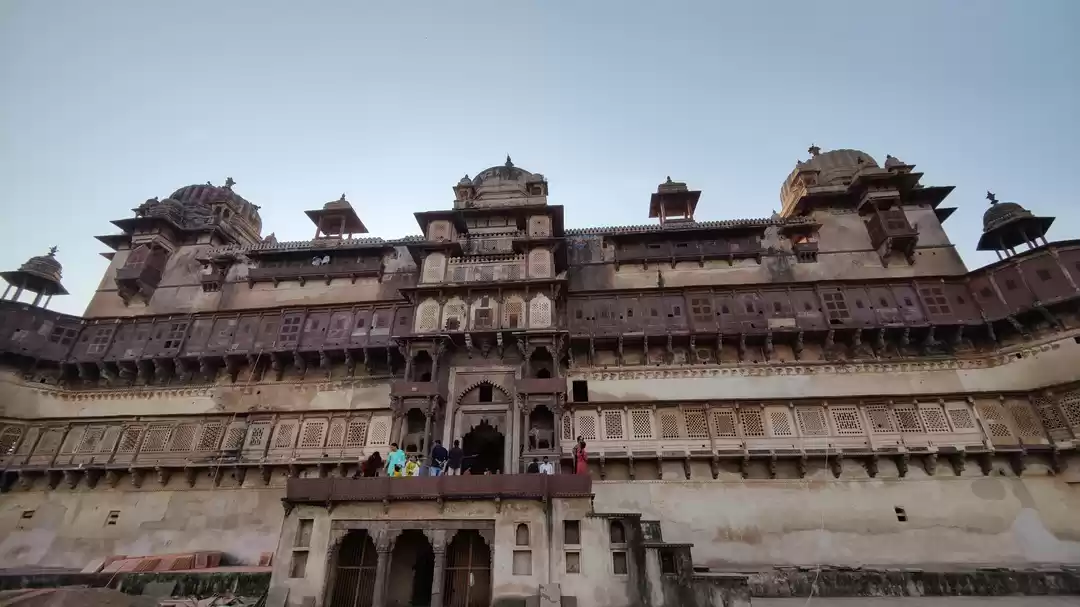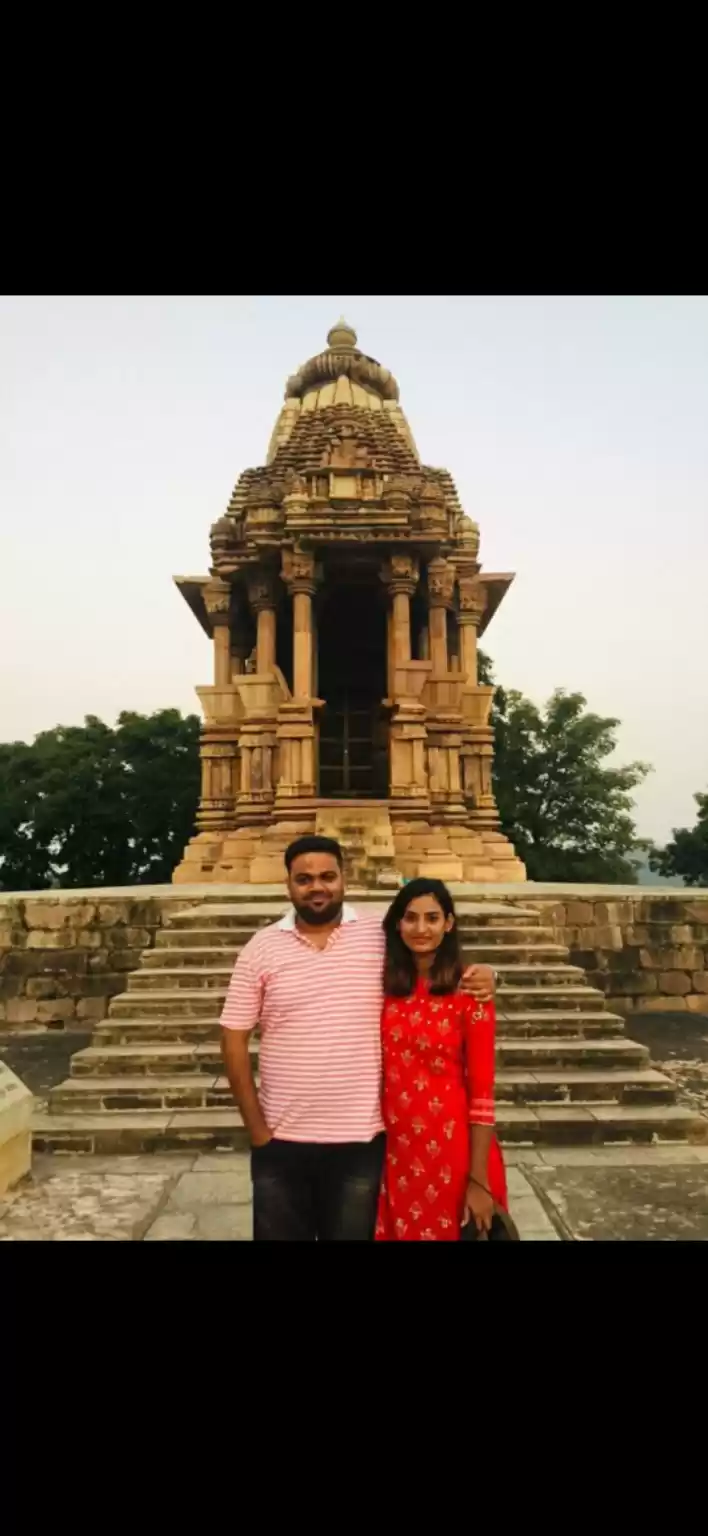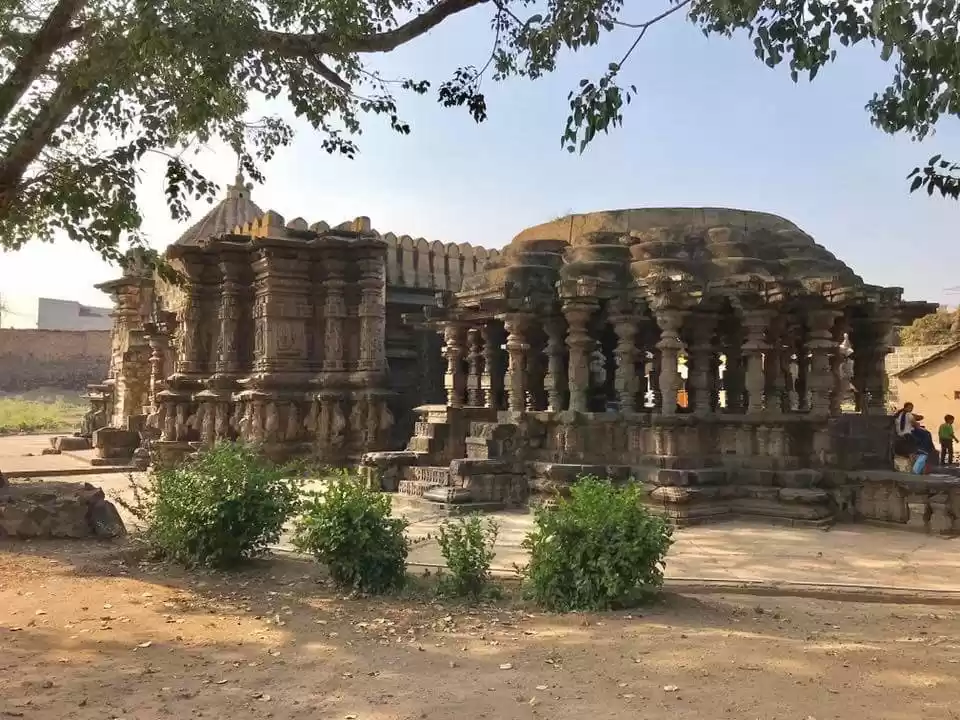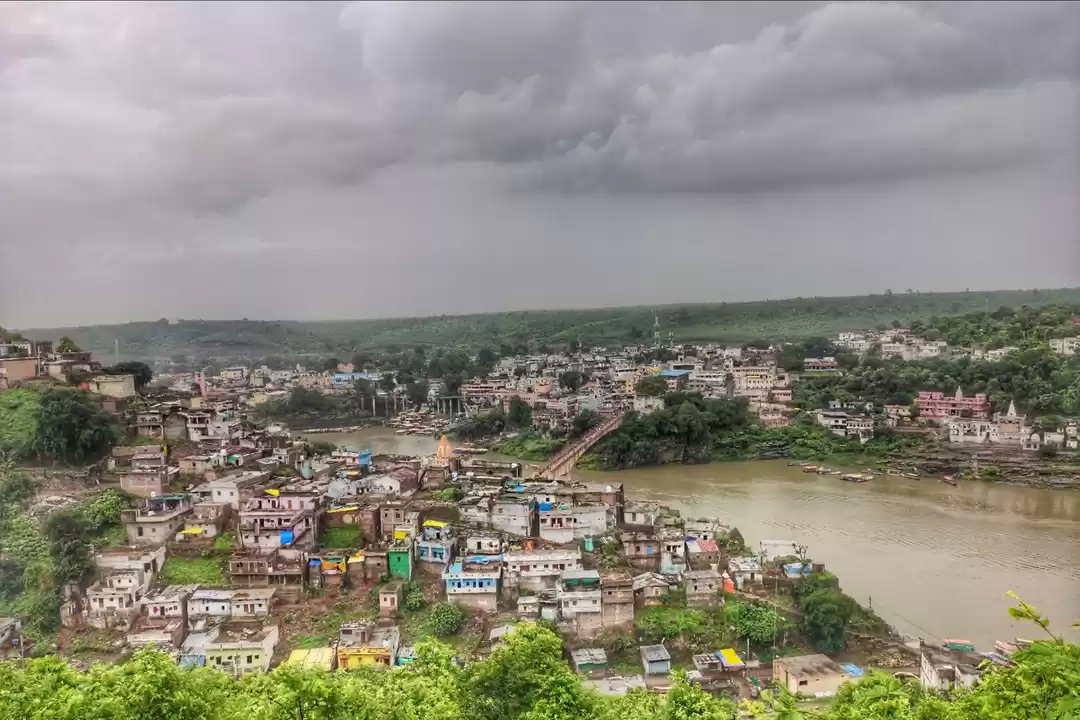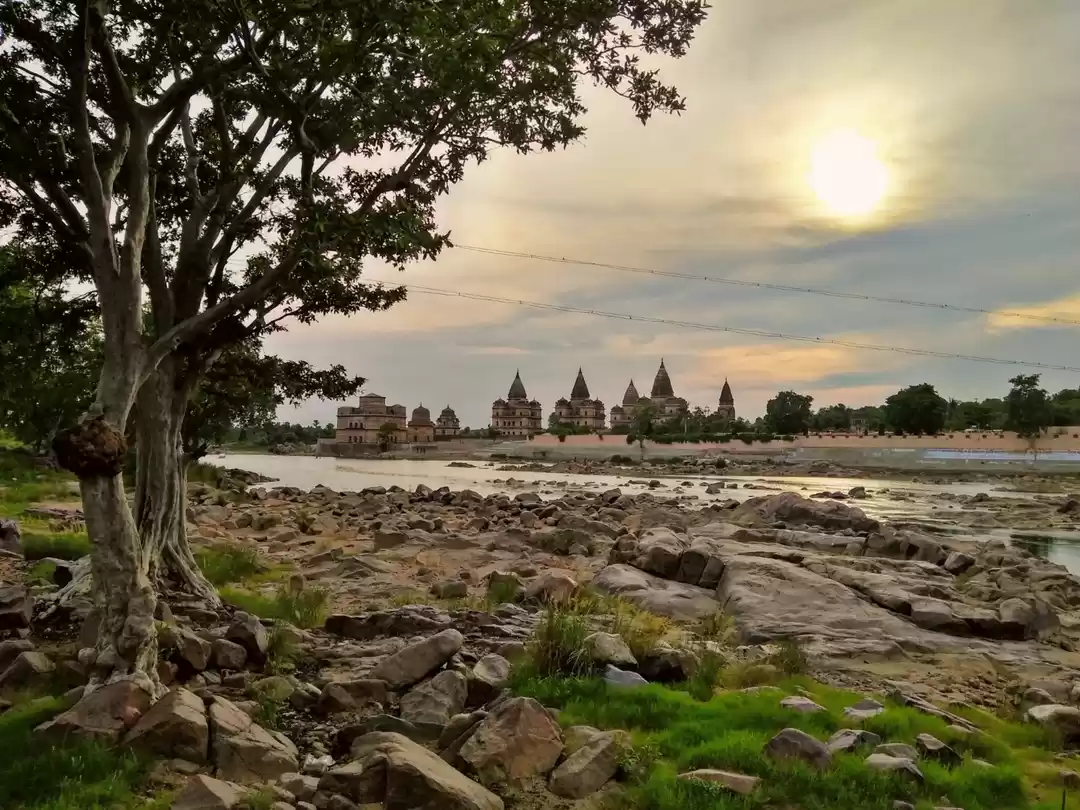The historical Kalinjar Fort in Baghelkhand, is located in Banda district of Uttar Pradesh and bordering Madhya Pradesh. It lies on a hilly plateau, 1,203 feet above the plains in the Vindhya Range, in an area of 8 km. It combines the features of A Rock Fort and a Forest Fort! Dense forests surround it making it difficult to approach the base. The whole area is full of ravines and rivulets. The terrain contributes to the aura of mystery that surrounds Kalinjar! Nature has gifted Kalinjar with a strong protective shield ~ the forest its armour not easy to pierce!
This fort served as a great blockade for the intruders who aimed to invade it! Gaznavi, Qutubuddin Aibak and Humayun attacked it and wanted to win it, but could not succeed, none except the Chandelas could reign over it!
It is certain that had the Kalinjar Fort fallen to Mahmud Ghaznavi’s plunder, Khajuraho and its priceless expressions of art, thought and culture, would not have survived!!
Finally, in 1569 AD, Akbar won this fort and gifted it to Birbal.
This fortress has been in continuous occupation for the last 1500 years from the Gupta Dynasty in 3rd century CE to serving as a British garrison during the Revolt of 1857.
The British seizure of Kalinjar proved to be a great dividing point! Transferring the legacy of the old aristocracy into the hands of the new bureaucracy of officials, who showed their loyalty to British imperialism by damaging the captured fort. The damages caused to the fort can still be seen on its walls and open spaces!
This was the Fort that Afghan ruler Sher Shah Suri, was trying to capture when he was killed! A cannon ball hit one of the Fort walls and ricocheted on some ammunition which flared up, killing Suri.
After Birbal, the Fort came under the Bundel King Chhatrasal. After him, the Fort was occupied by Hardev Shah of Panna. In 1812, the Fort came under the British.
Few forts in India, have been around for so long, or seen so much!
Sadly all the carvings around the Fort and Temple have been defiled by Aurangzeb!
One of the main attractions of Kalinjar is the Neelkanth Temple. It was built by Chandela ruler Paramaditya Dev. Situated in the middle of the fort and is a masterpiece of architecture!
Kalinjar finds its mention in ancient Hindu mythological texts. According to Hindu legends, it is said that after the "Samudra Manthan", churning of the ocean, when God Shiva consumed poison that turned his throat blue, he came to Kalinjar and defeated Kaal - meaning - achieved victory over death!!
This is the reason why the Shiva temple at Kalinjar is called Neelkanth ~ Blue Throated. The specialty of this Shivalinga is, that it is blue stone, and mysteriously water keeps oozing naturally from the throat keeping it cool in all seasons! Also we were told that alot of trees and shrubs that we saw all around the Fort area are medicinal in nature, and Lord Shiva consumed them, which gave him relief from the burning in his throat, due to the poison he had swallowed!
Lord Shiva rested himself inside the cave in the hill at Kalinjar. Since then, this hill has been considered a holy site. The two large lingas, within the cave, seemed to have grown organically out of the wall.
There are two entrances to the fort, of which the principal one is on the north side towards the town and the other at the south-east angle leading towards Panna. Built during different times, the first entrance used to be guarded by seven different gates namely Alam Darwaza, Ganesha Darwaza, Chandi Darwaza, Hanuman Darwaza, Lal Darwaza, Bara Darwaza and Chauburji Darwaza. These are approached by a short flight of stone steps.
I guess that initially the Ganesh Dwar must have been the first entrance!
Not all the Darwaza's are intact, there is no sign of the Hanuman Dwar, we entered from the Bara Dwar!
The entrance to the Fort is of course impressive as are the palaces, finely carved canopies, water bodies, and various inscriptions and several beautiful architectural features inside, but it was Neelkanth Mahadev Temple built over a thousands years ago, that took my breath away!
Located in a corner of the fort, the temple is in a protected enclosure, overlooking the plains below!
A total of 175 steps cut on the hillside, lead down to the shrine which is essentially a cave facing a large courtyard. All along the steep winding route there are carvings and statues on the rocks. Just above the temple is a natural water source that never dries up and water continually drips onto the shivalinga!
The giant 18-arm statue of Virat Bhairav in the temple, beside this statue there is a figure of the goddess Chamunda, 4 feet in height. Water trickles from above and falls on these figures. Kaal Bhairav with his garland of skulls, Ganesh, Nav Durga, Hanuman and so many forms of Shiva are carved on the stones.
The entire pantheon of Hindu iconography seems to find a place here!
Shiva is everywhere, showcased in his myriad forms and with all his followers.
The beautiful now roofless, octagonal mandap of sixteen well carved pillars with Yakshas on top. Throughout the courtyard are dozens of gods and goddesses, carved in stone along with various other beings worshipping them.
A large number of excellent art and sculpture work can be seen at Neelkanth Mahadev Temple, which replicate the creative expertise of the Chandelas.
Another old legend associated with the fort is that Lord Shiva had slain the God of Time on this very hill on which the Fort stands ~ "kaal" means time and "jar" means destruction in Sanskrit, from then on the Fort is named Kalinjar! Destroyer of Time! Of the many names of Lord Shiva, one of his name is Kalanjar!
The Kurma Purana mentions it as " ABODE OF LORD SHIVA.... ".
In the Mahabharata it is written..."Whoever bathes in the lake of the gods in Kalinjar acquires the same merit as if he had made a gift of 1000 cows. ".
The father of Indian Archaeology has this to say ~ " The fort of Kalinjar which was celebrated throughout the world for being as strong as the wall of Alexander.". - Sir Alexander Cunningham
When we planned our trip to Madhya Pradesh on our visit to Khajuraho we had decided that visiting Kalinjar was a must!
130 km away from Khajuraho, my advice would be to keep a day for this beauty too!!
The fort is so grand in its architectural style that there is almost no parallel to this magnificent piece of architecture!
The irony is that Khajuraho is a thriving well-promoted tourist hub today while Kalinjar is forgotten!
Rarely remembered and infrequently visited by the connoisseurs of history, art and architecture!
Kalinjar Fort is a treasure trove for history lovers with its rich collection of monuments, temples and artefacts. Given the volume of heritage at Kalinjar, it should be in India’s UNESCO World Heritage site. I do hope the authorities will awaken to its potential one day!
P.C. Pranati Kamani
To Reach:
By Air: Nearest Airport is Khajuraho - 100 Km from Kalinjar Fort via Panna.
By Train: Nearest Railway Station Banda is 65 Km from Kalinjar Fort. Satna Railway Station is is 80 km from Kalinjar Fort.
By Road: Nearest U.P Roadways Bus Station Banda is 65 Km. from Kalinjar Fort.
To tour within the Fort a vehicle will be needed!
Unfortunately there is no Cafeteria or any facility at the Fort so please carry your own bottled drinking water and some snacks.
